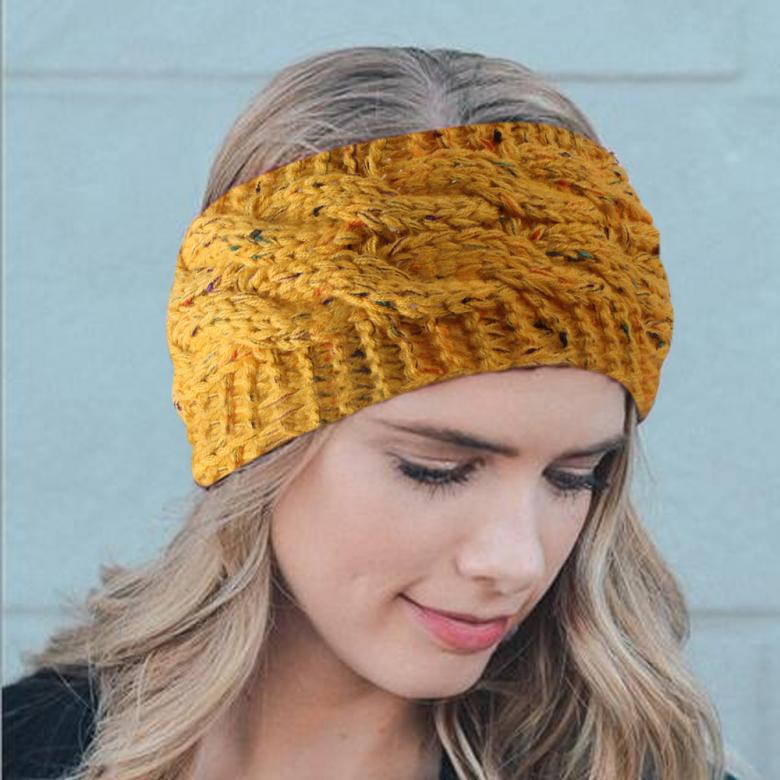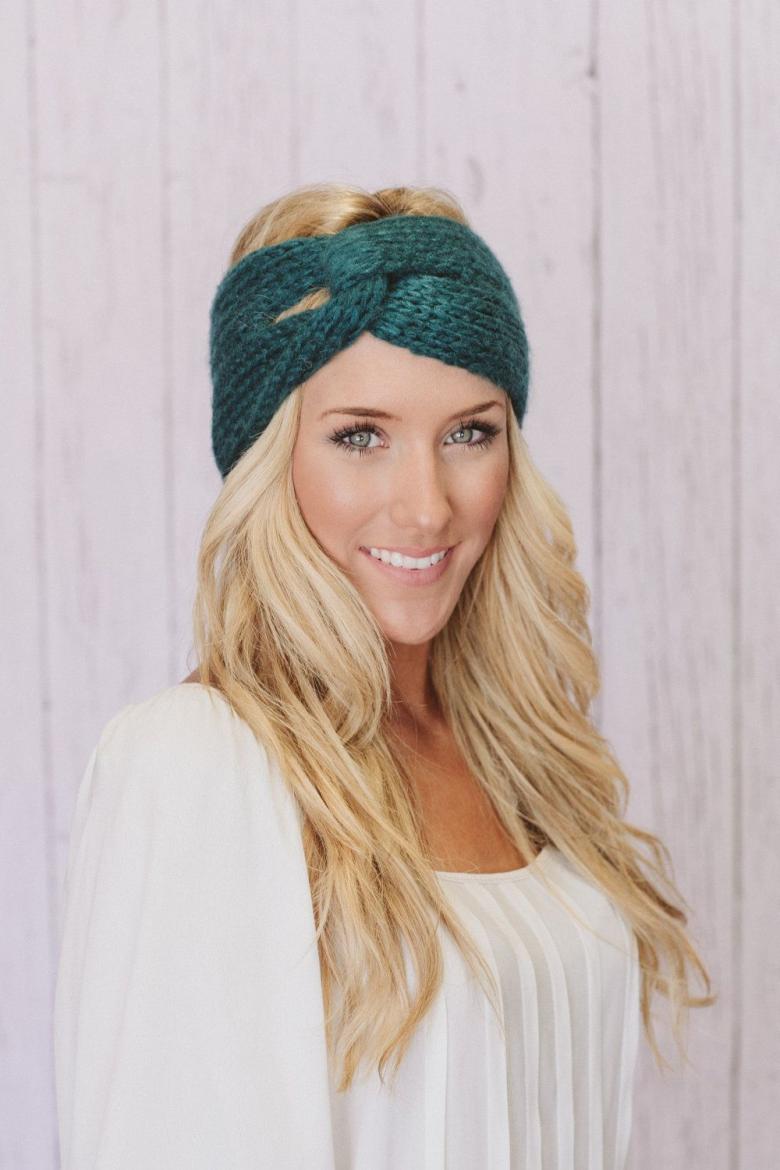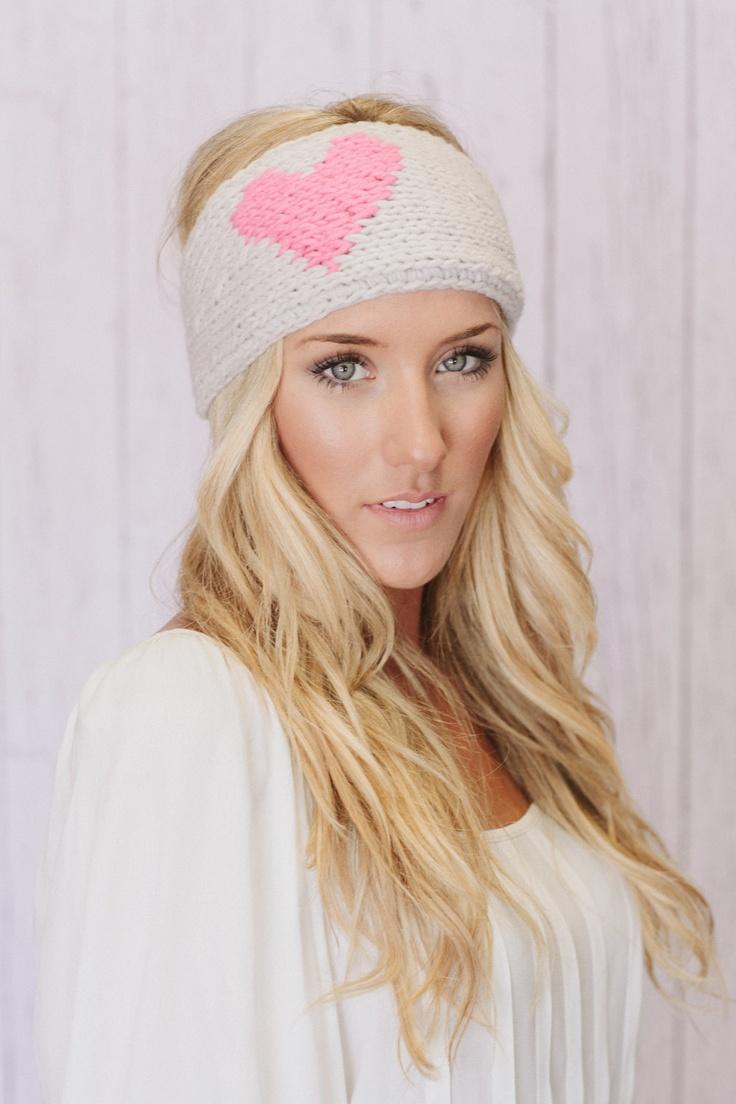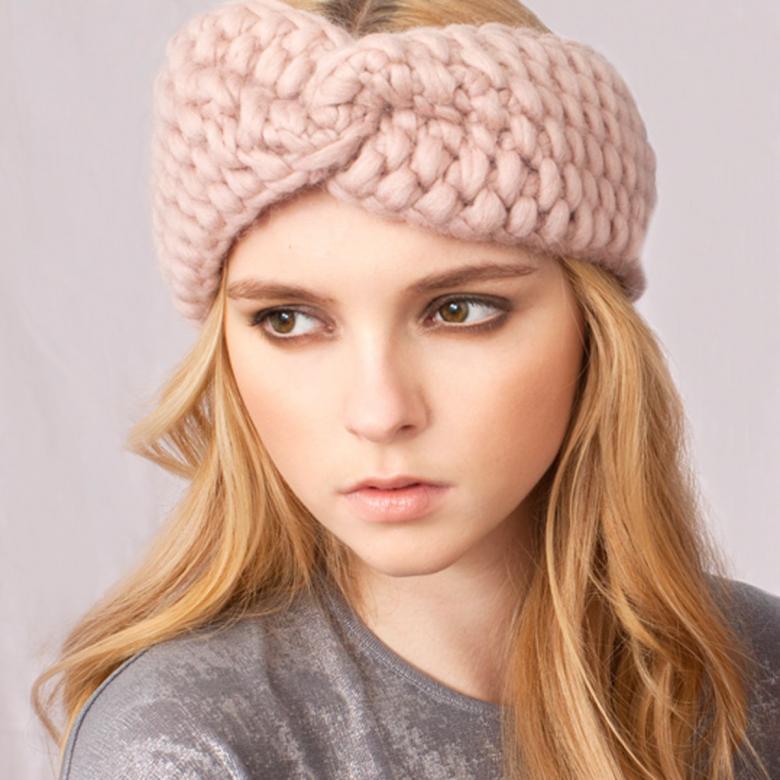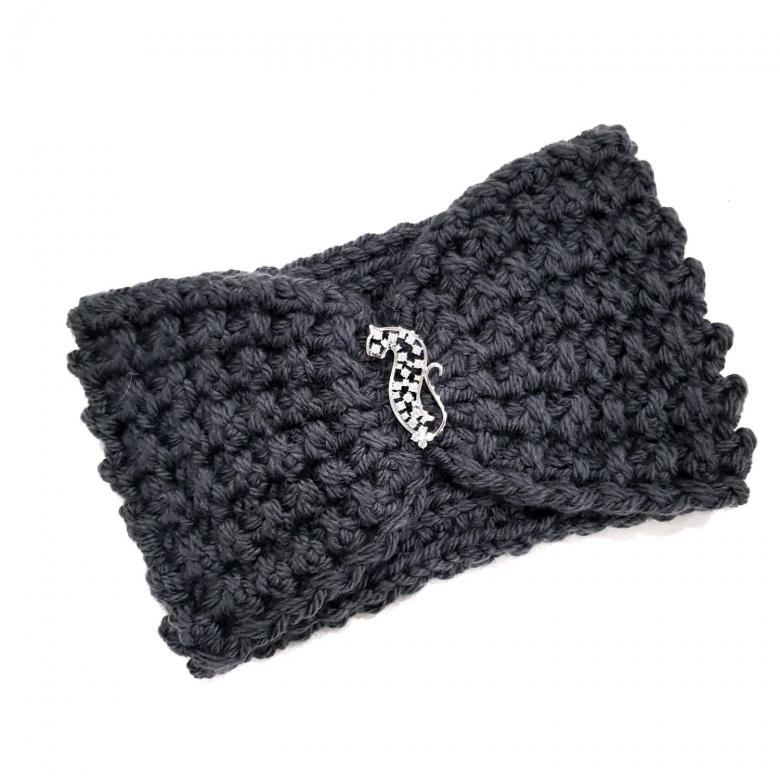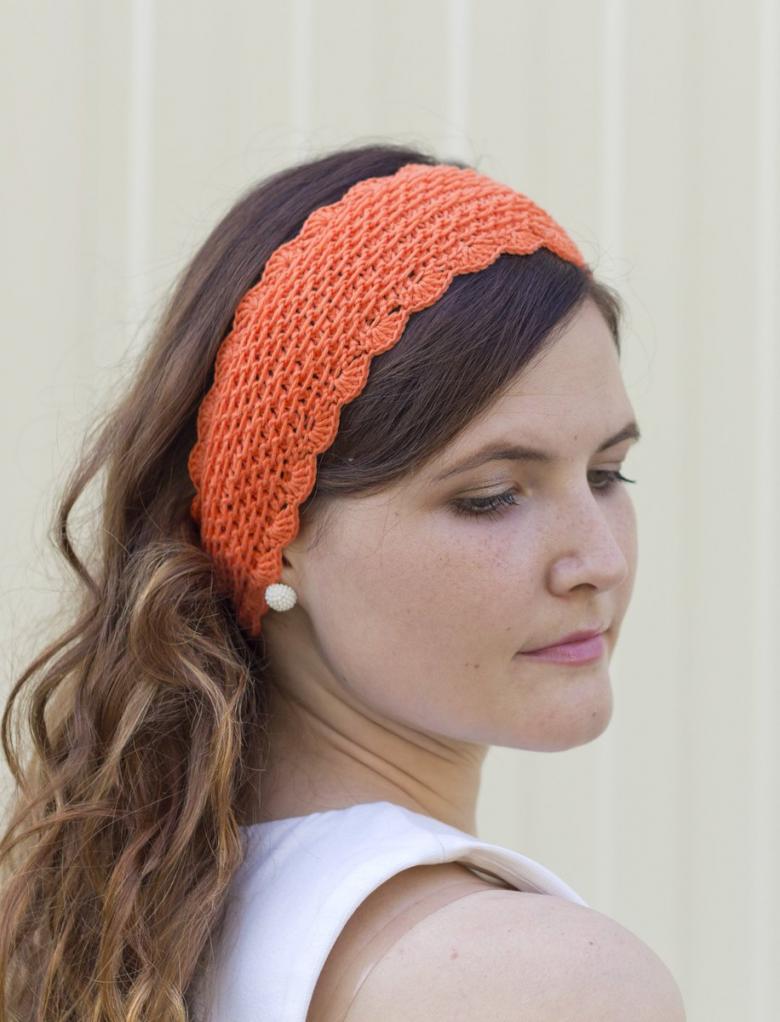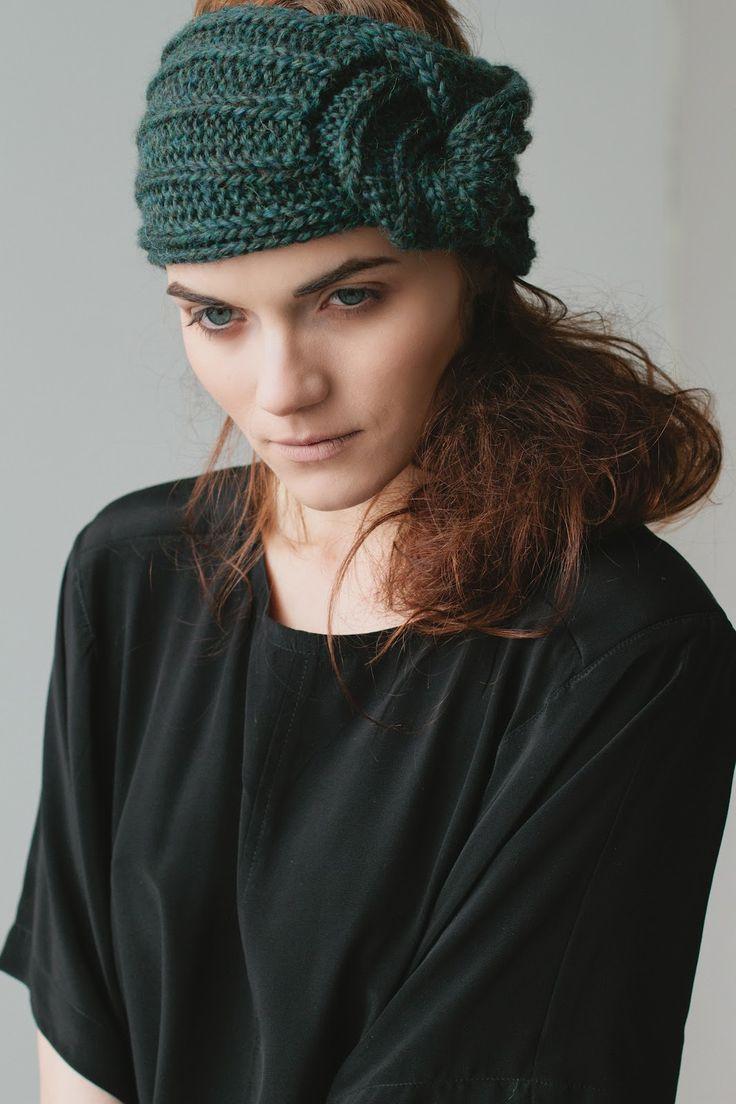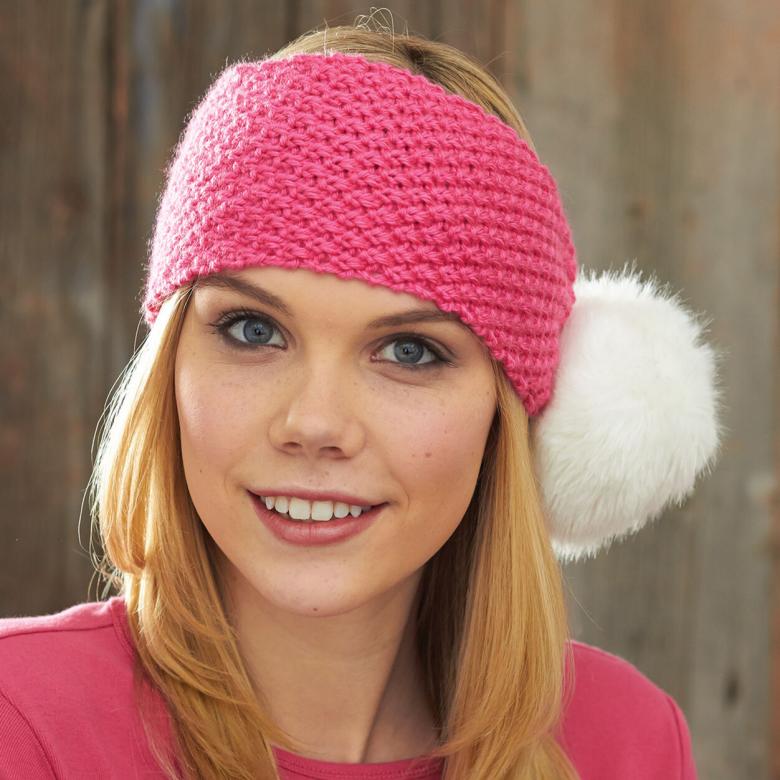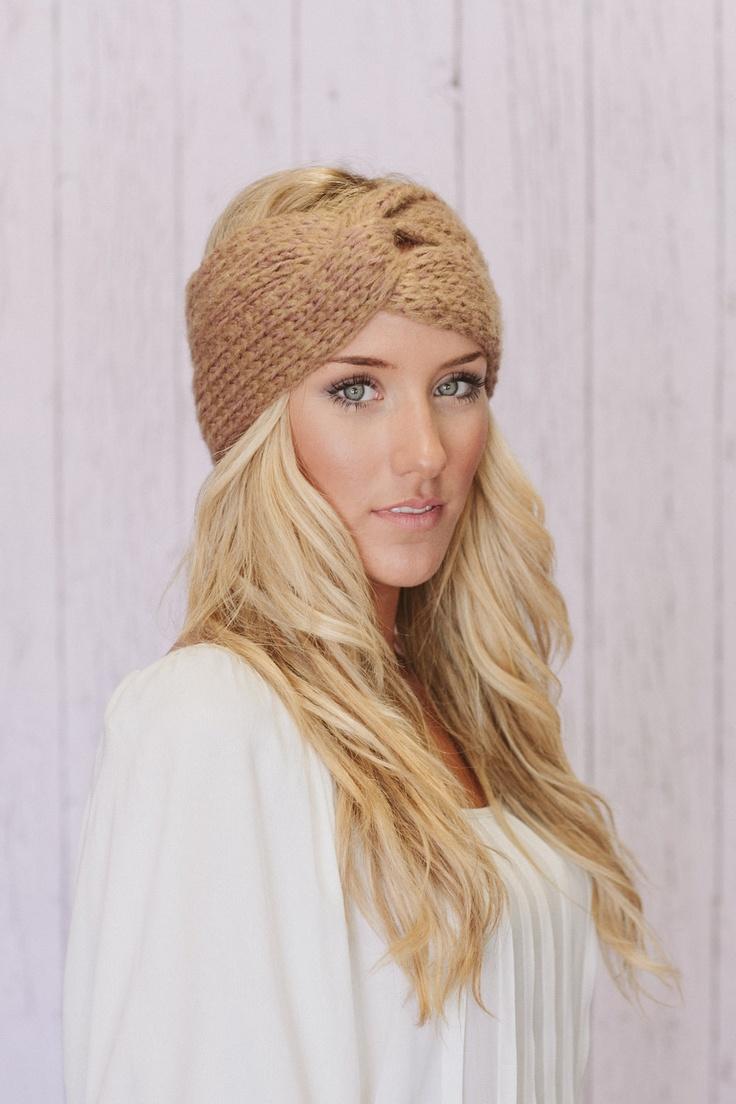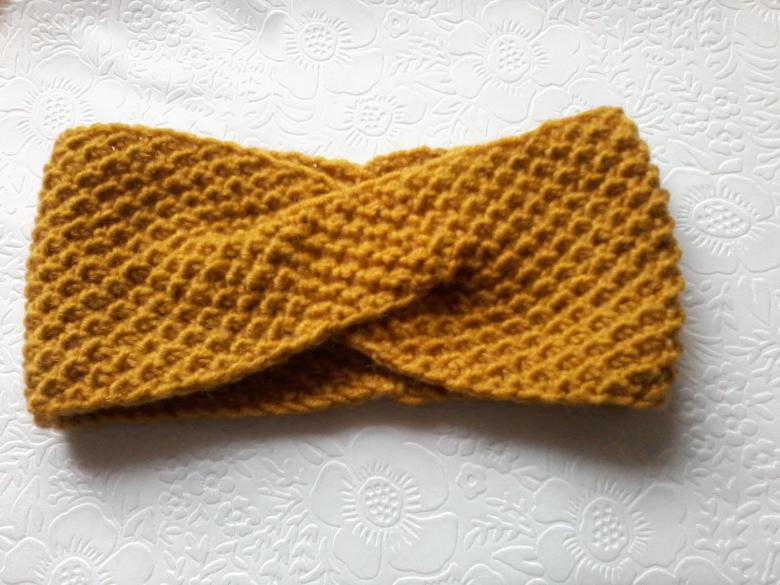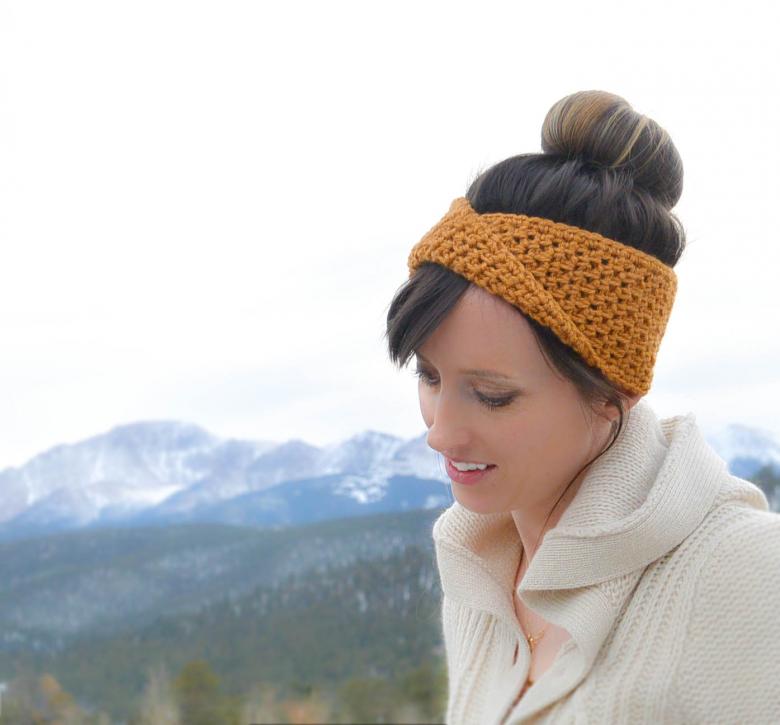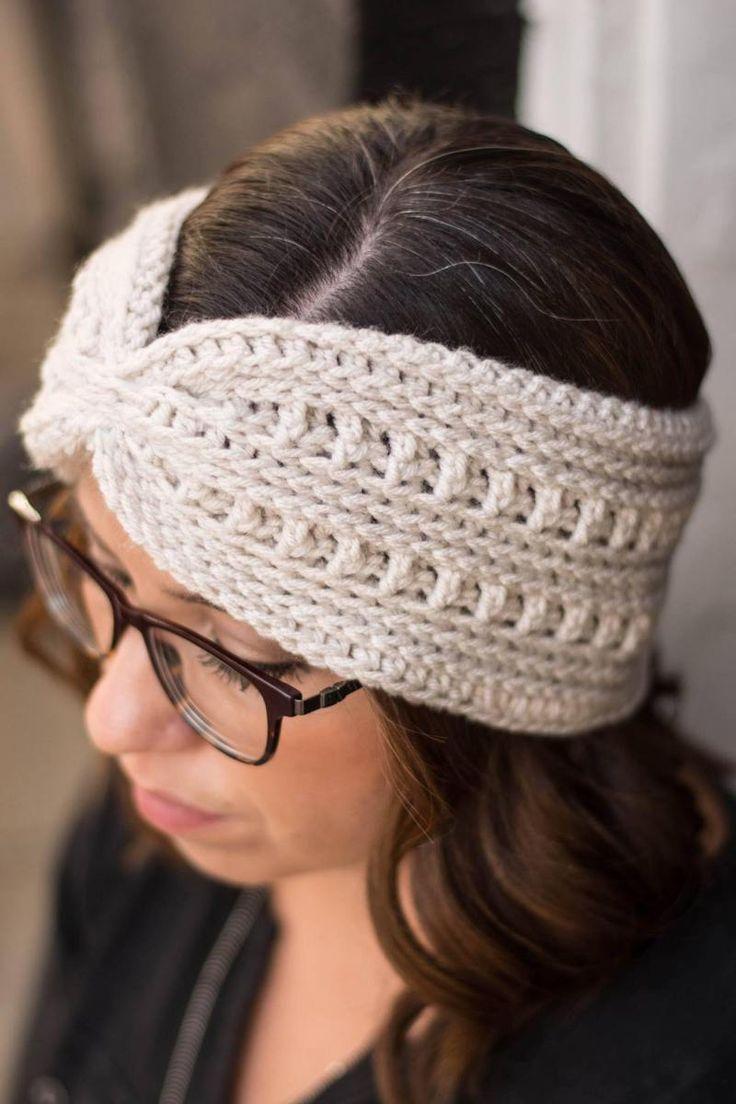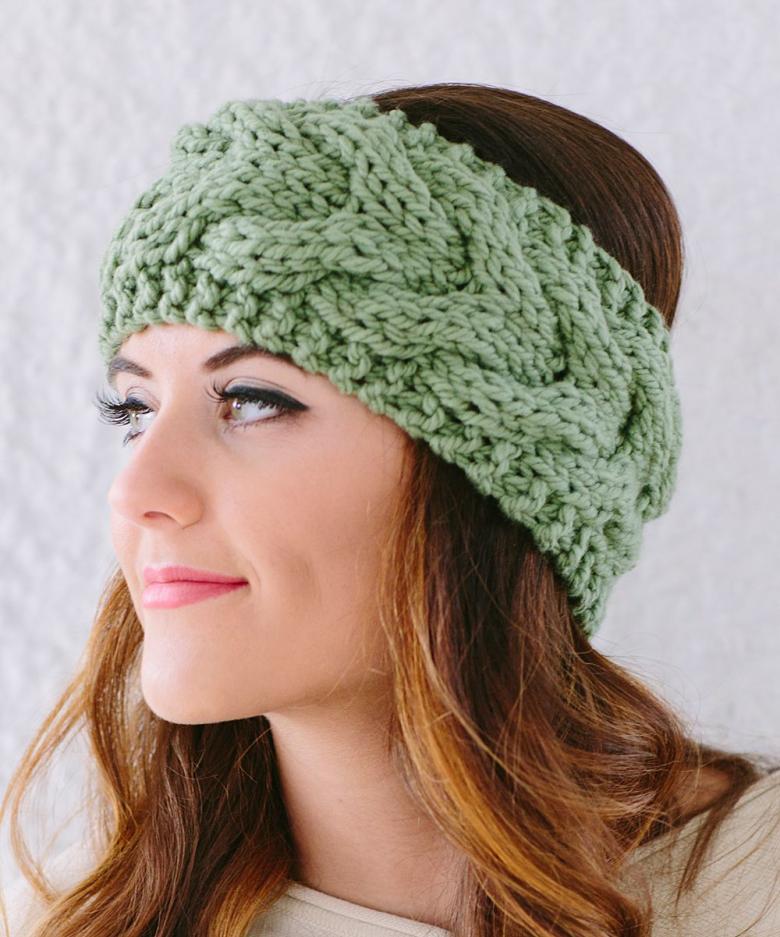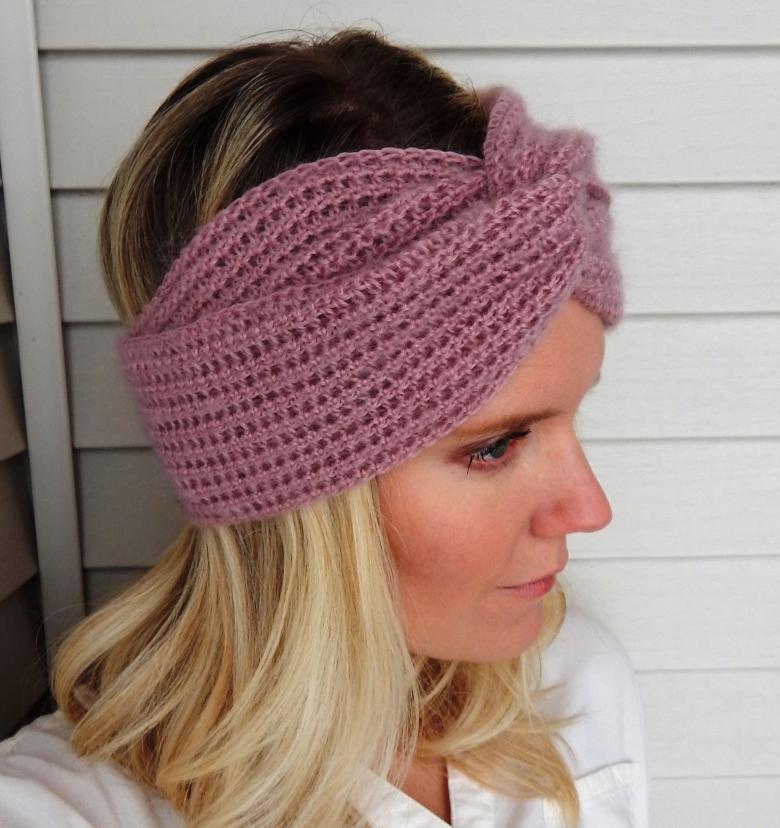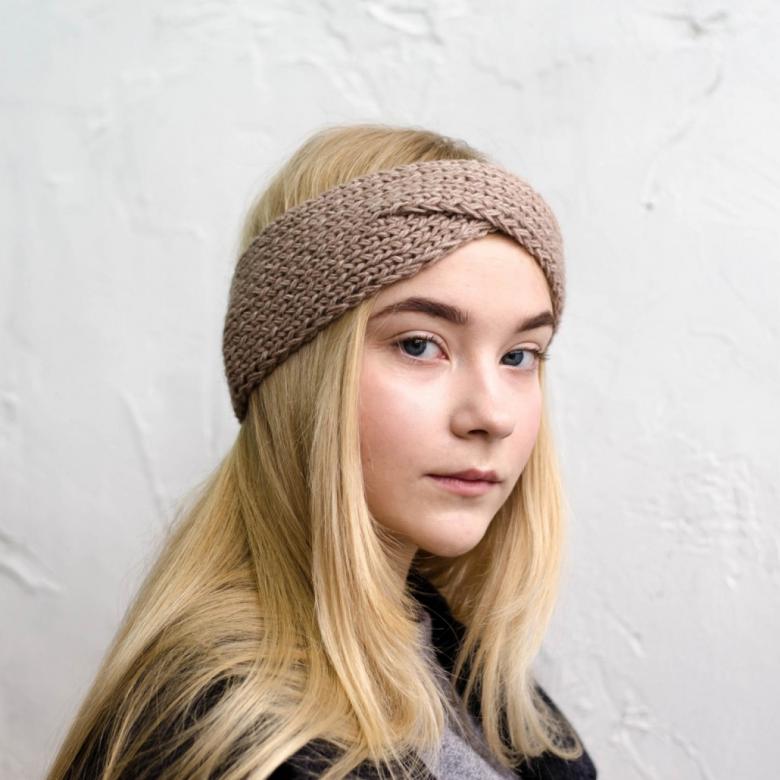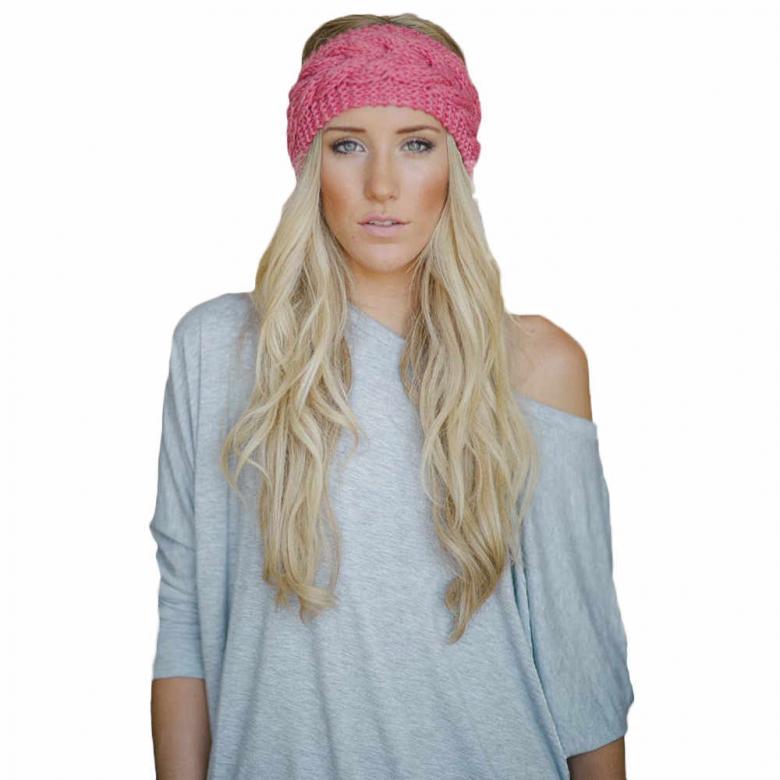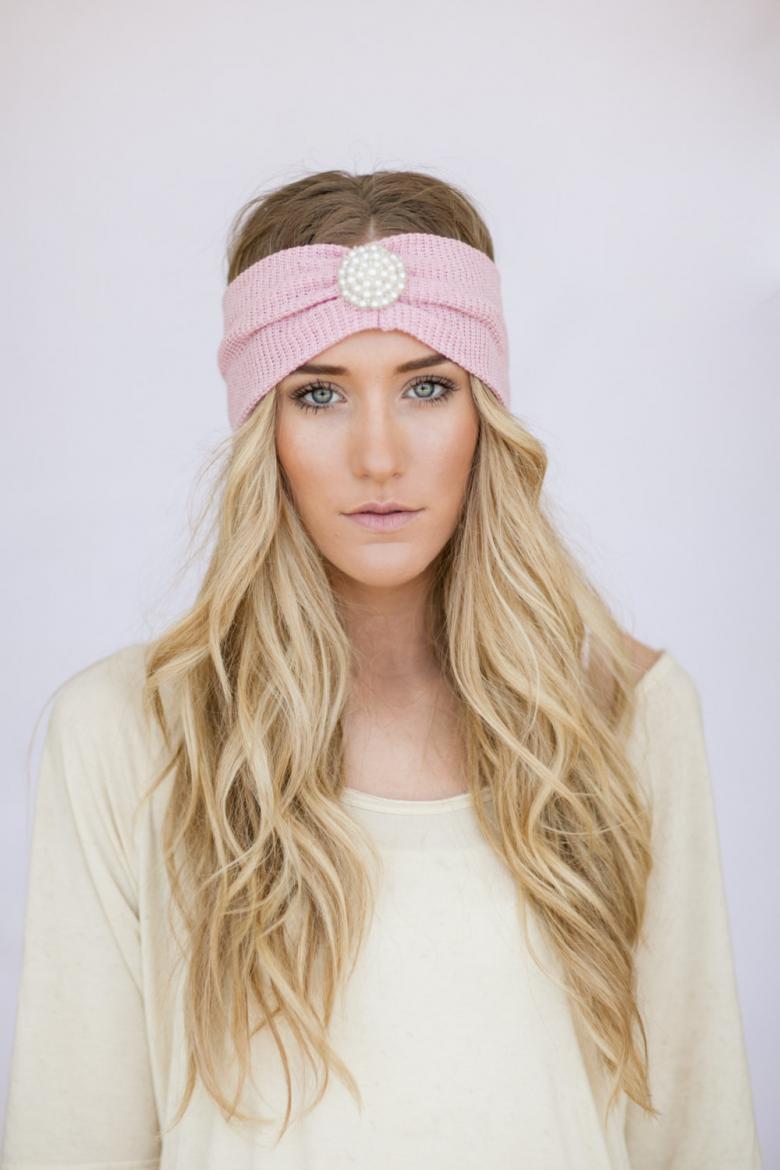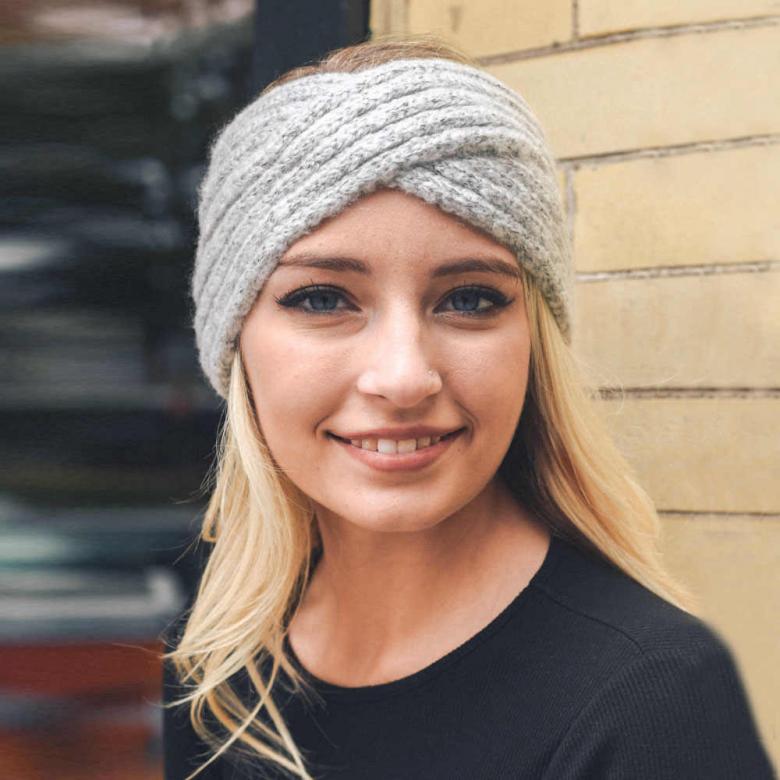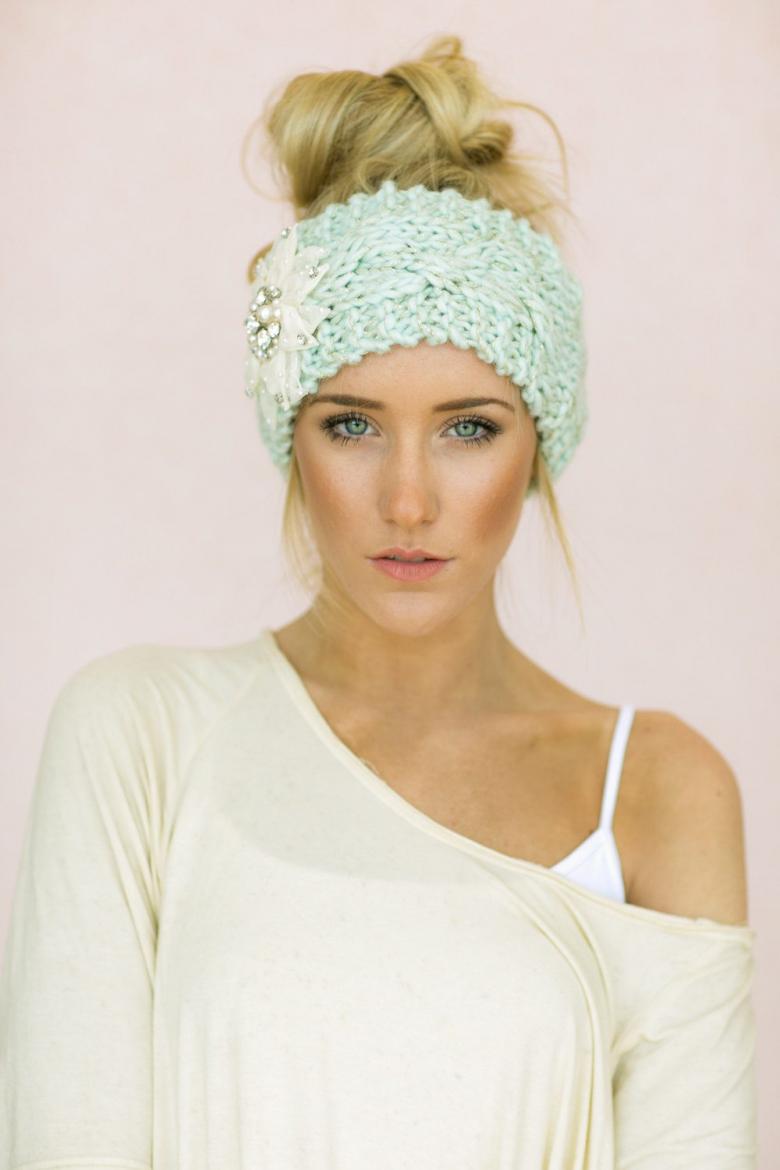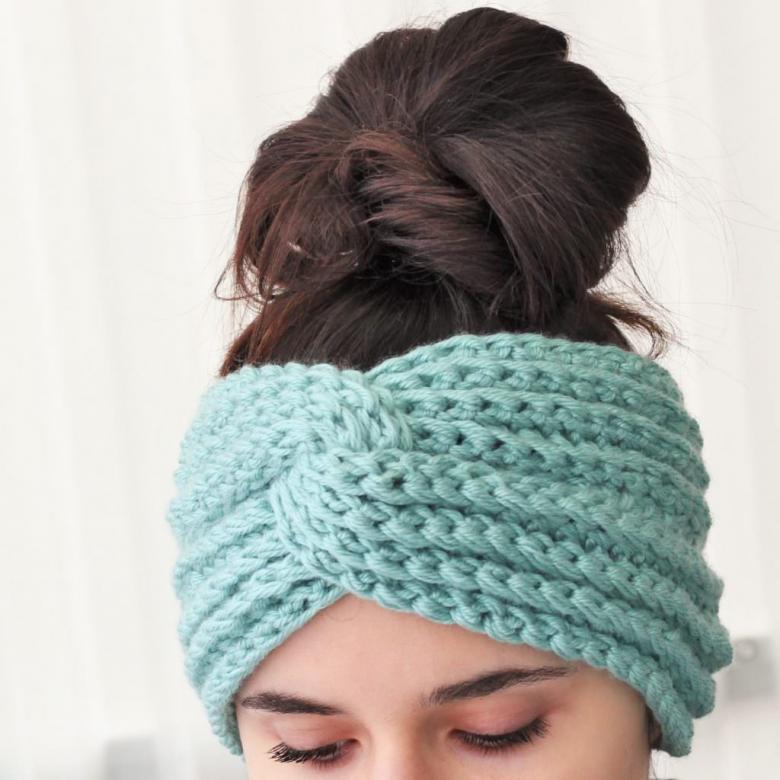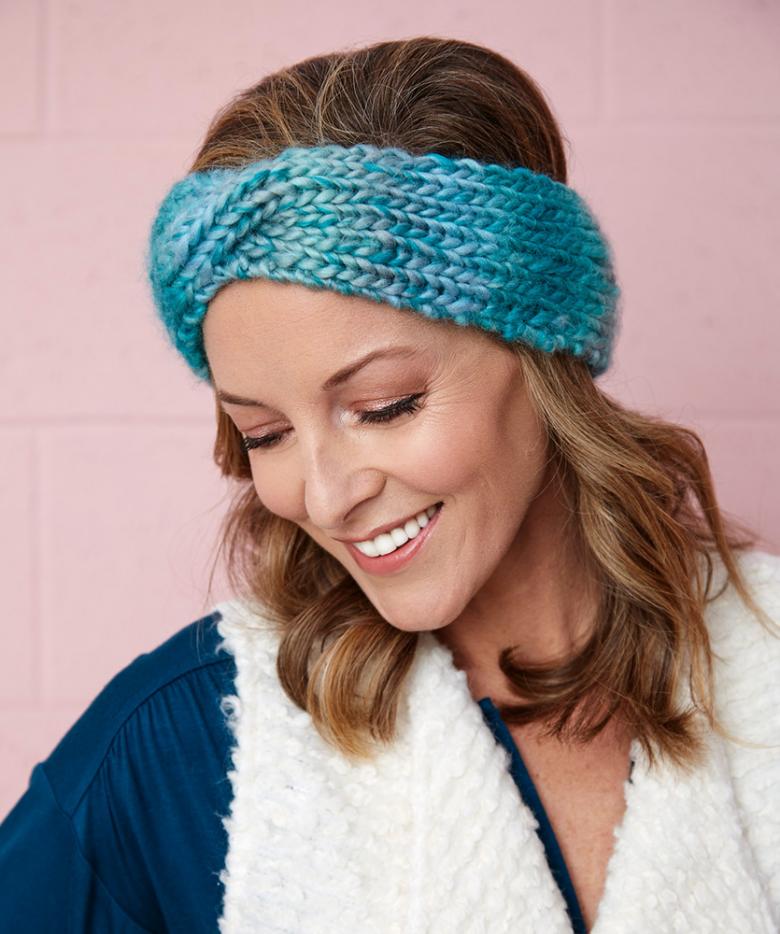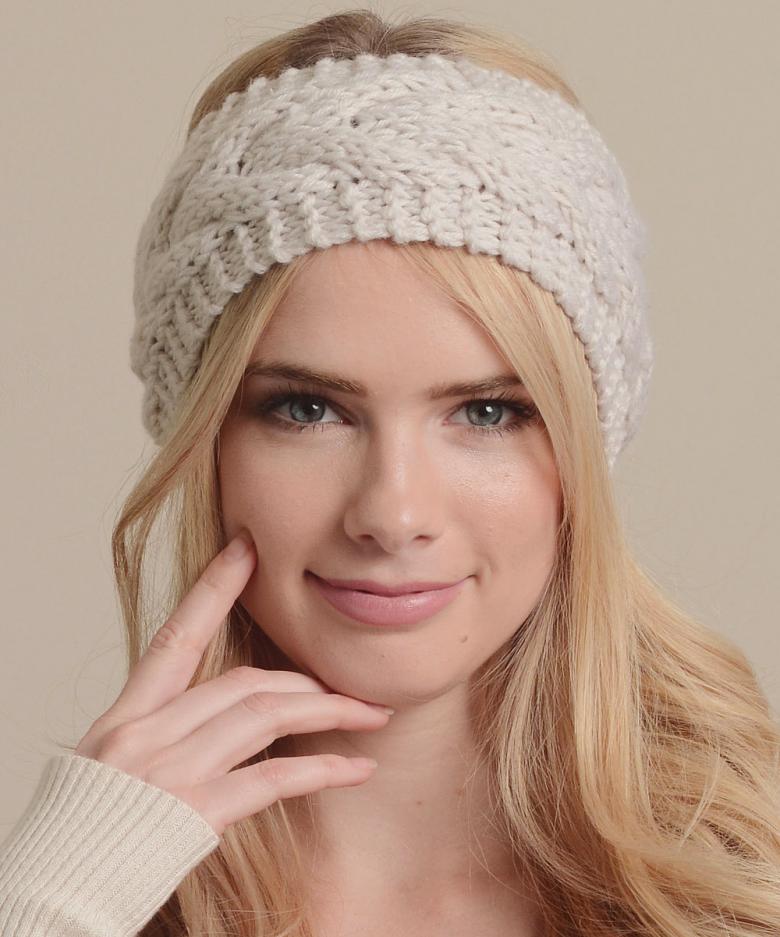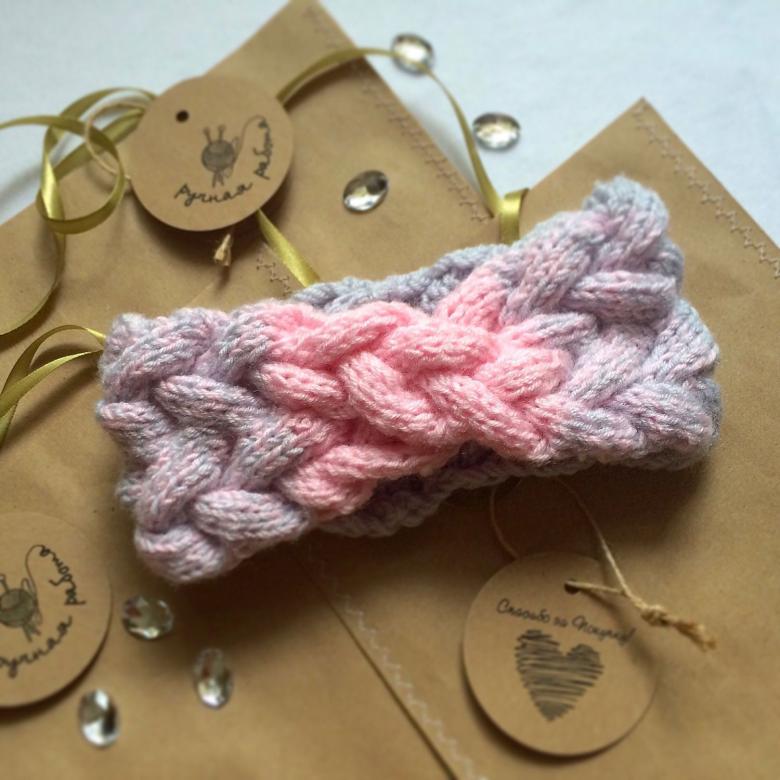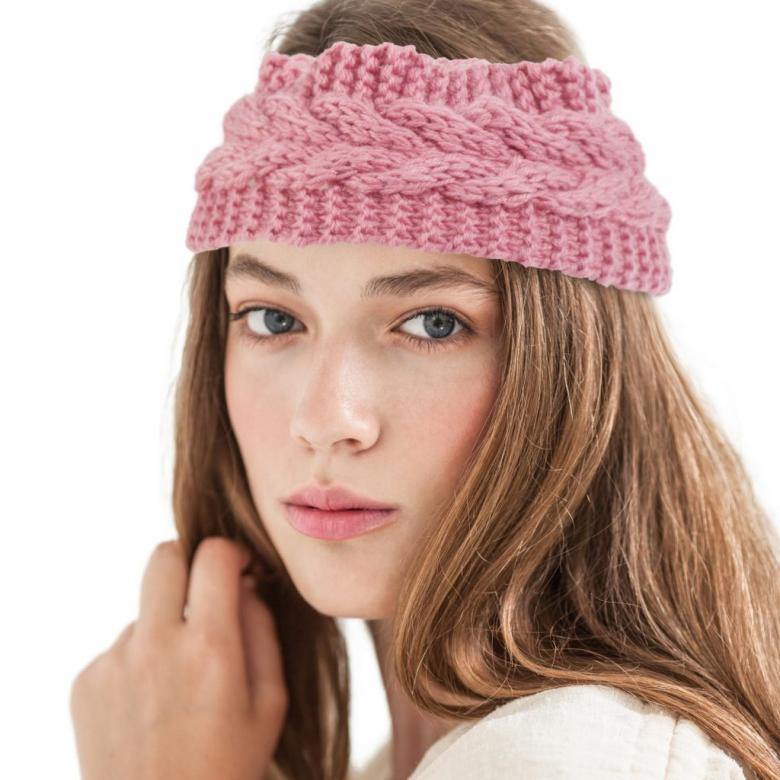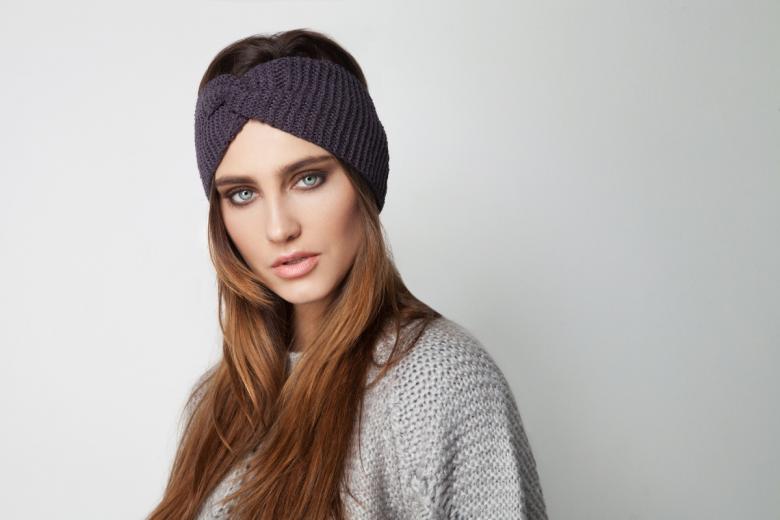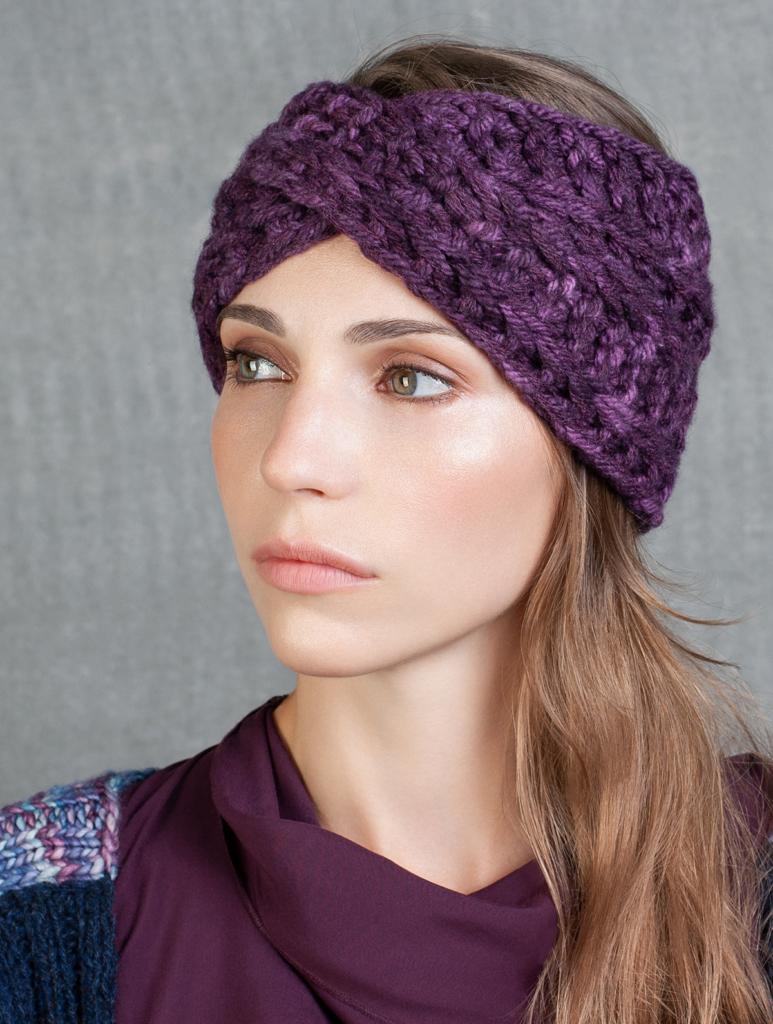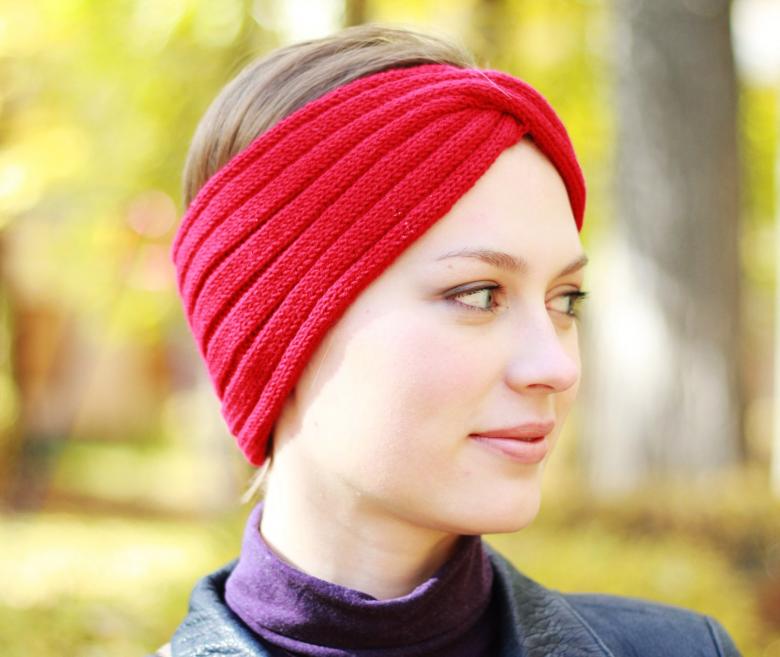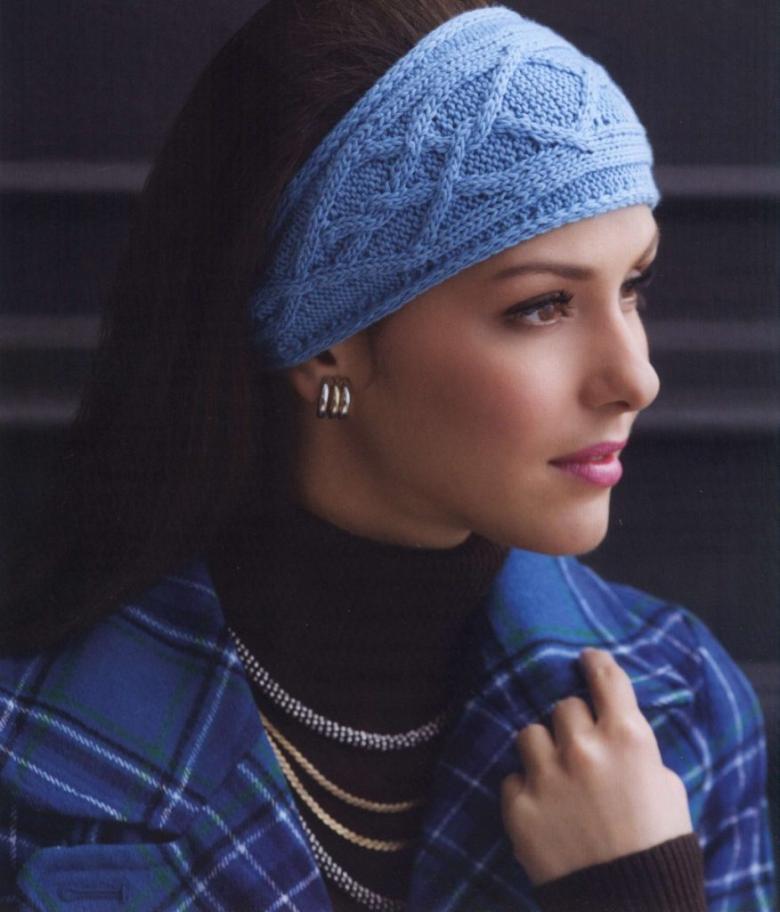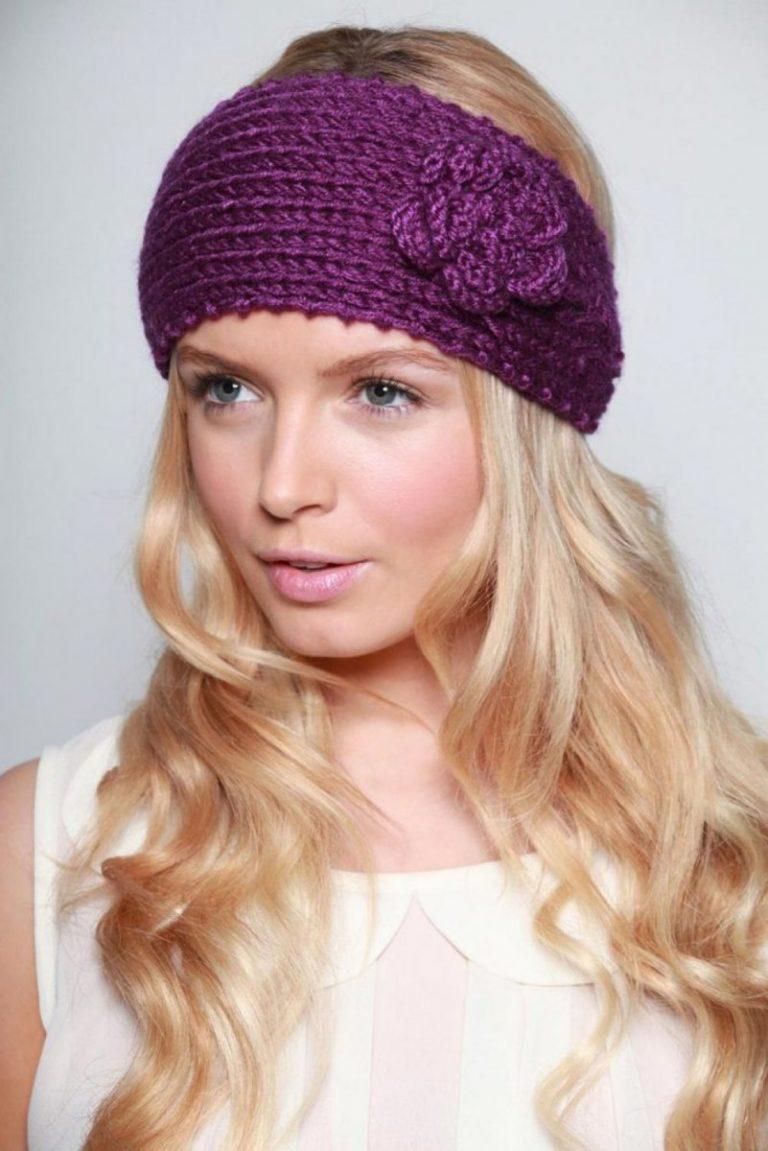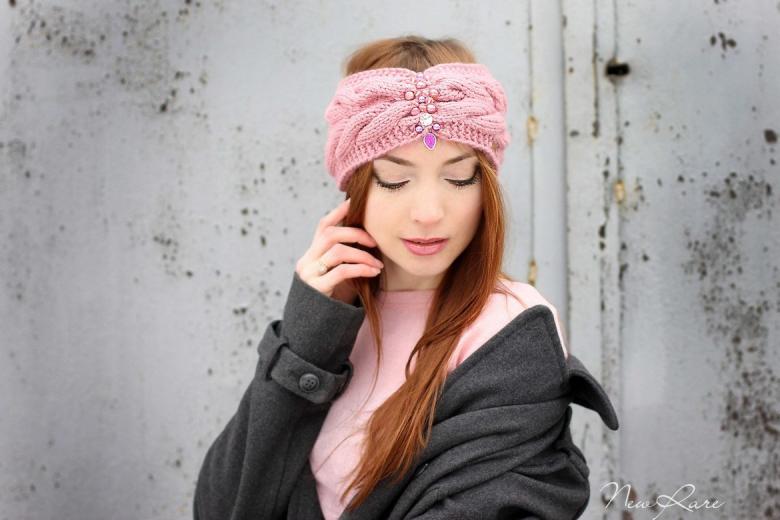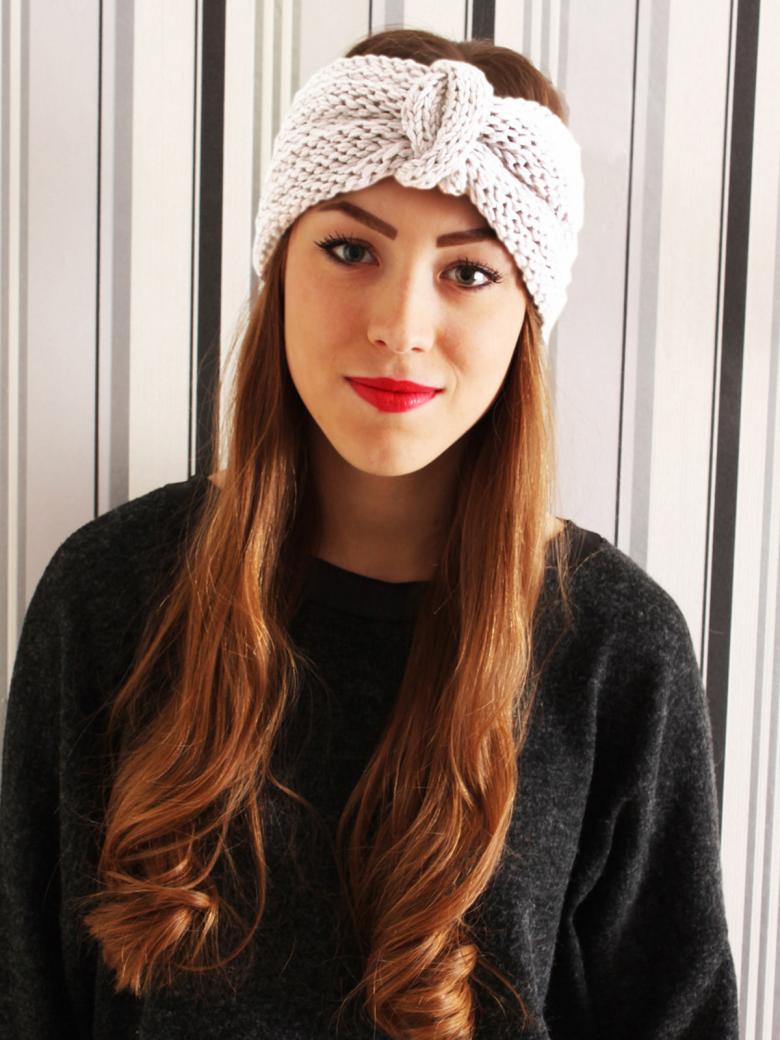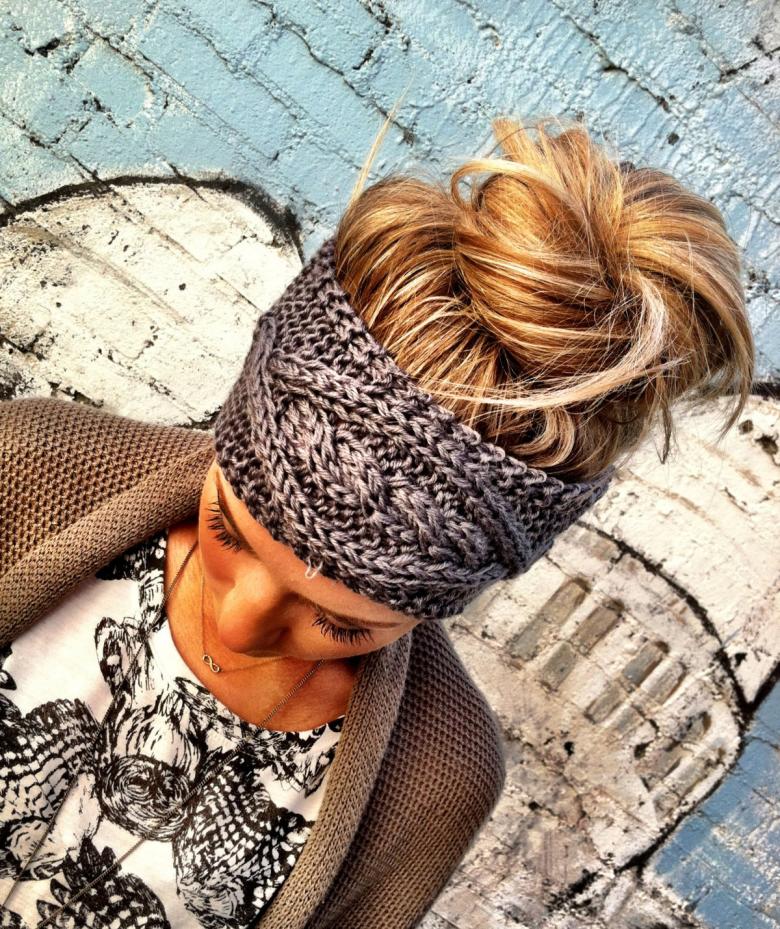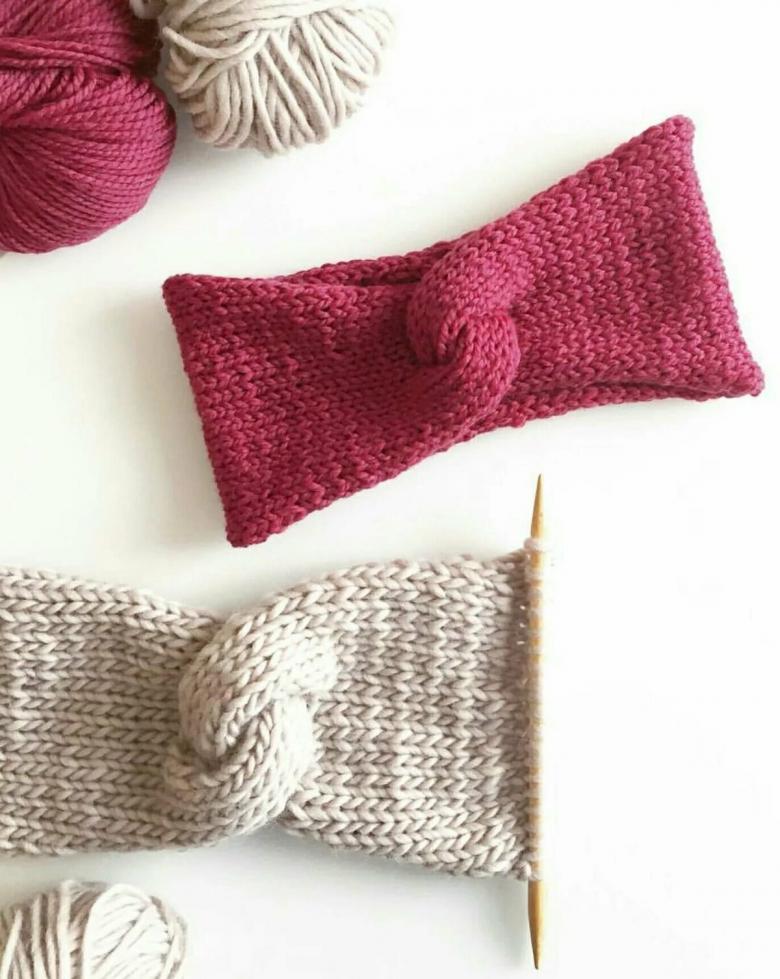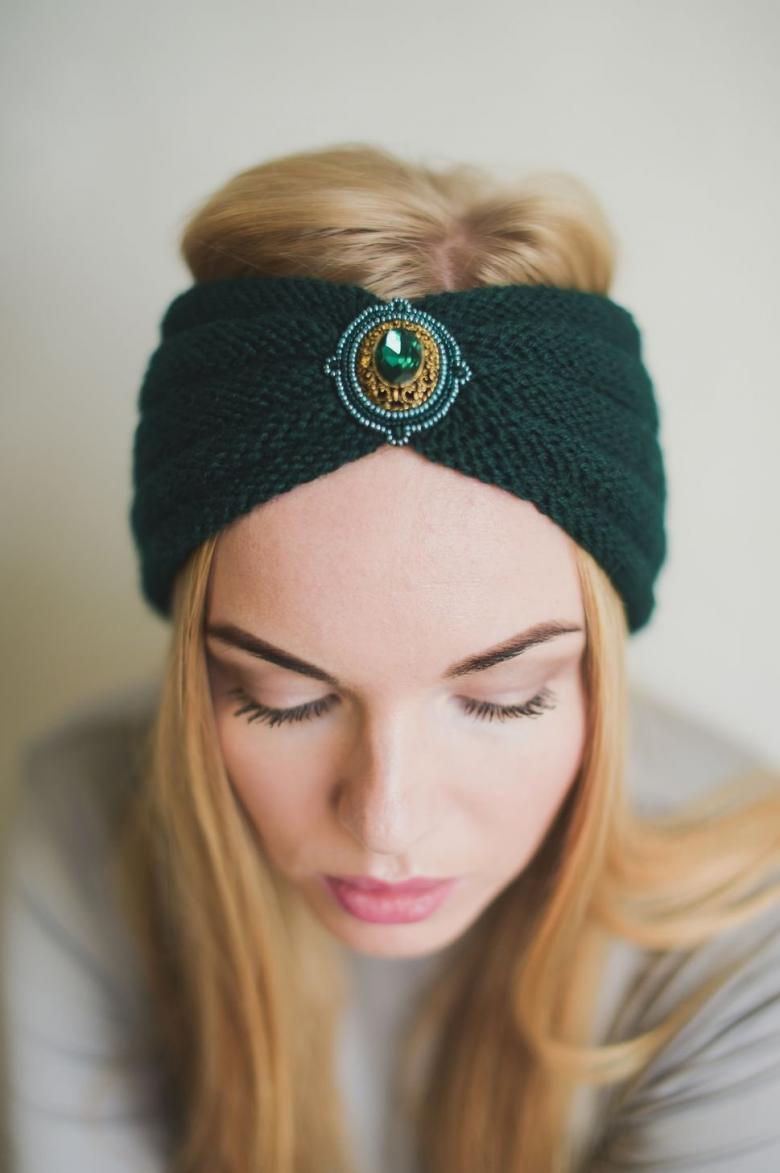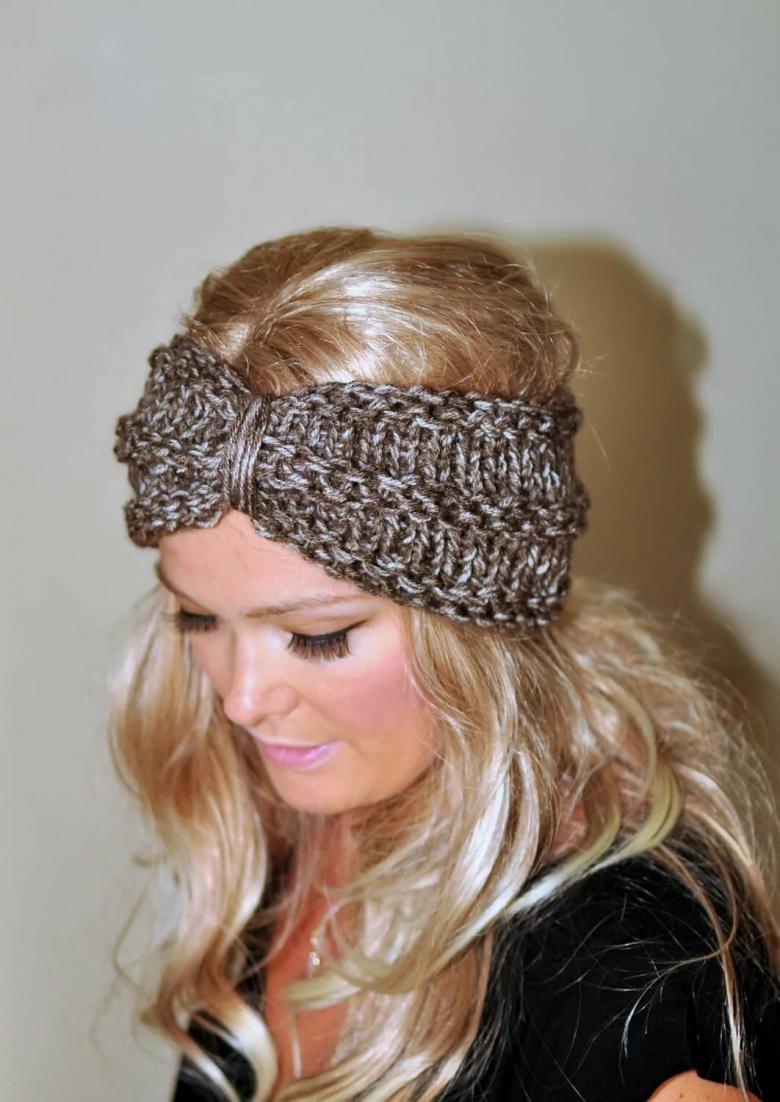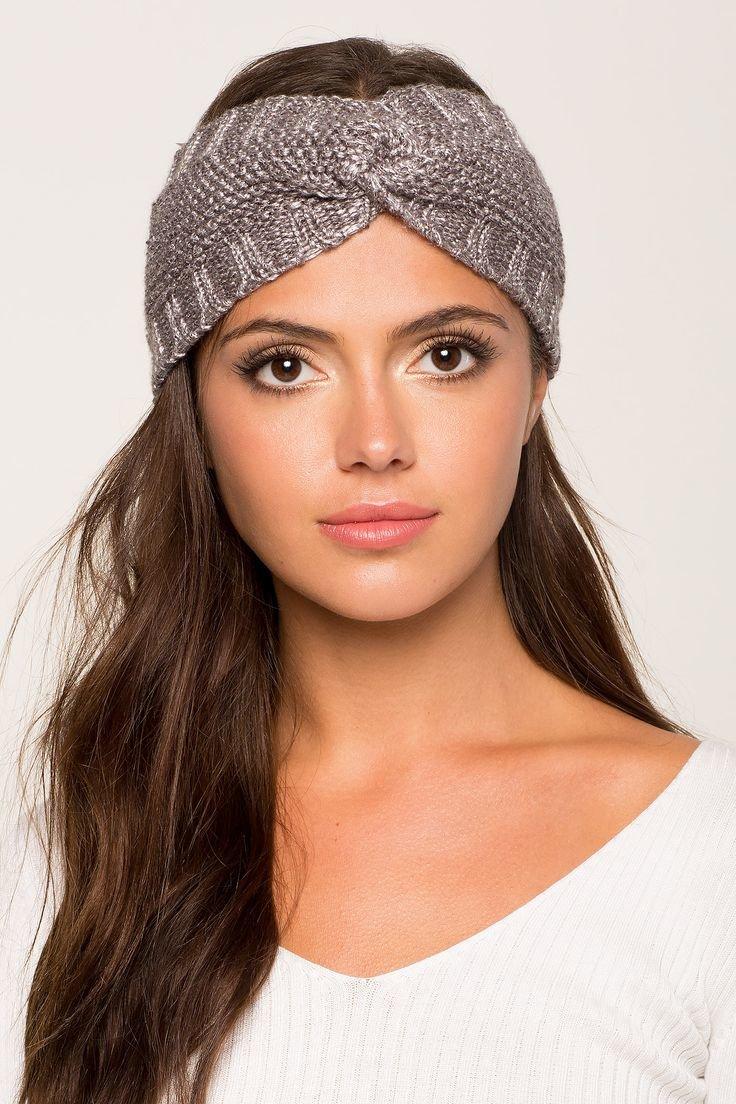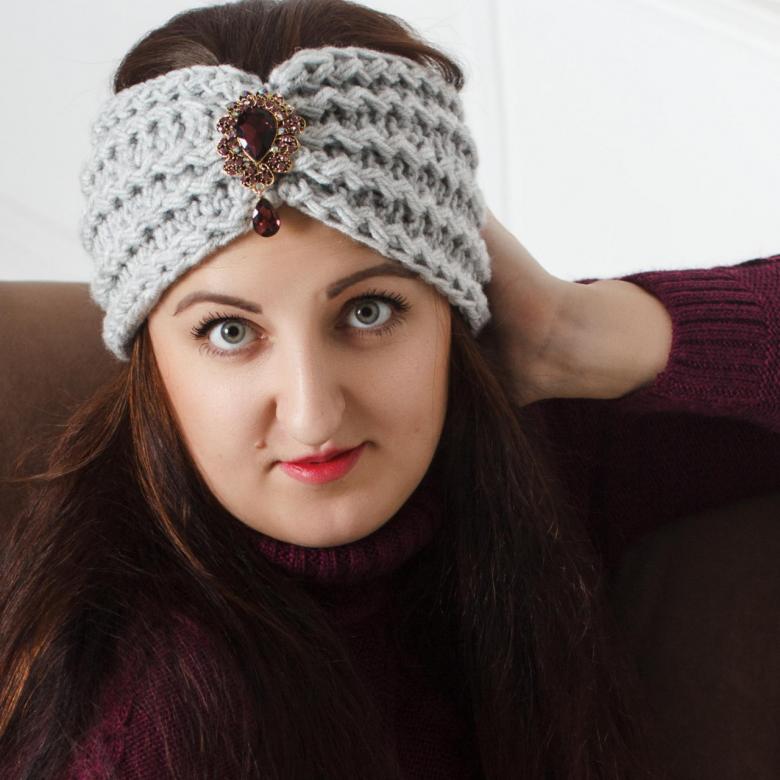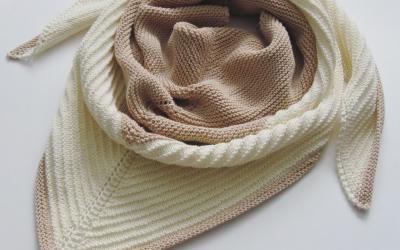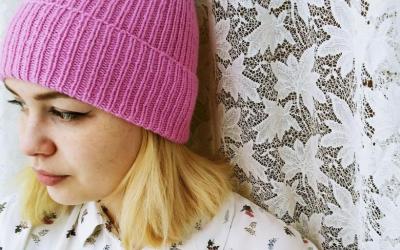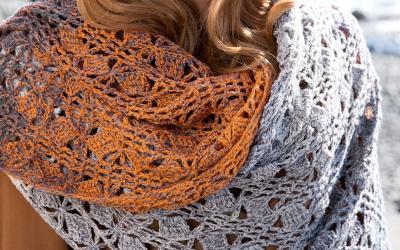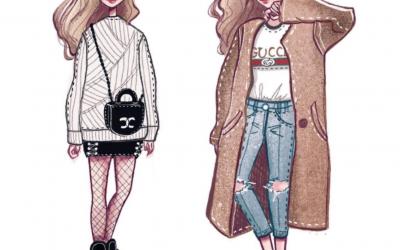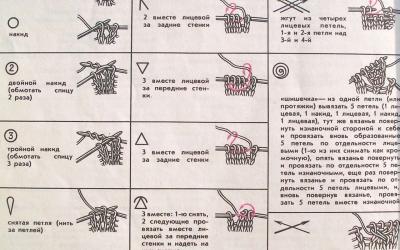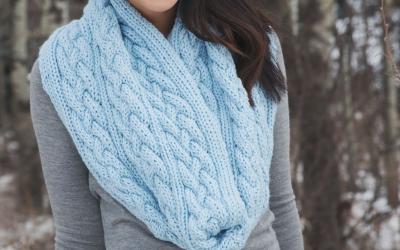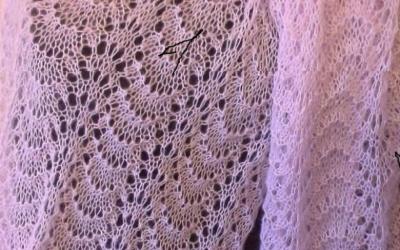Headband knitted by Scrolls: a detailed description of how to knit a fashionable headband
Headband is a fashion accessory. Which has quite a real purpose in everyday life. If you have elementary skills in knitting with needles, you can easily knit a good headband for yourself or your relatives.
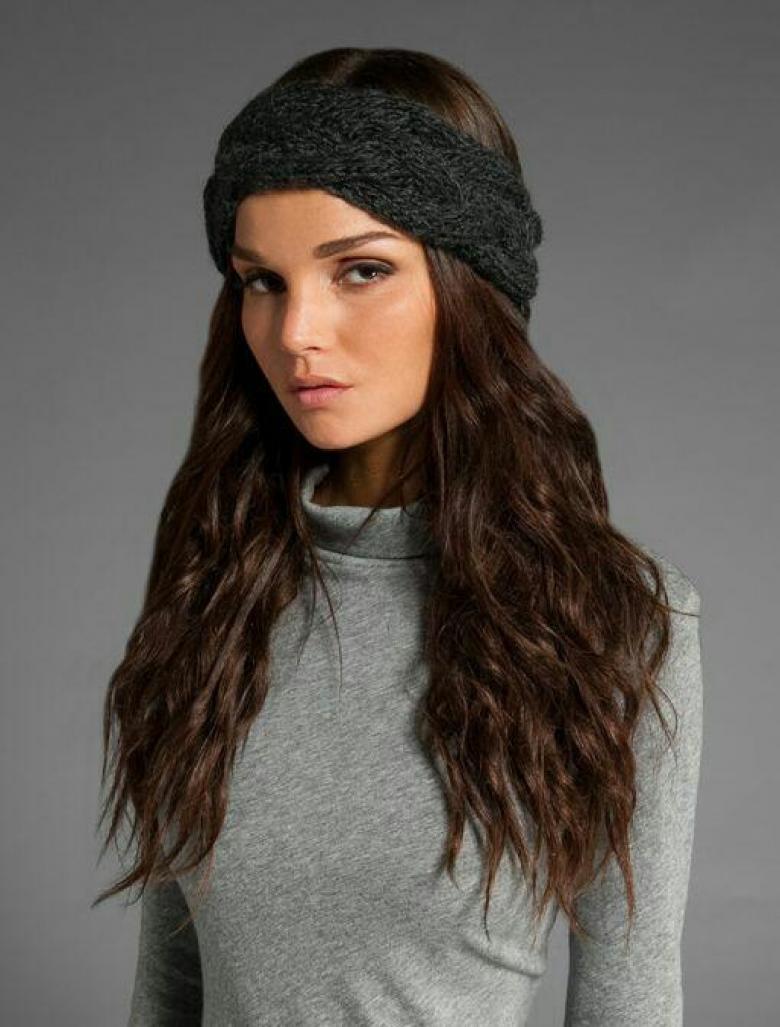
Changing the number of needles, color and type of yarn, you can achieve a completely different look and functionality of the bandage.
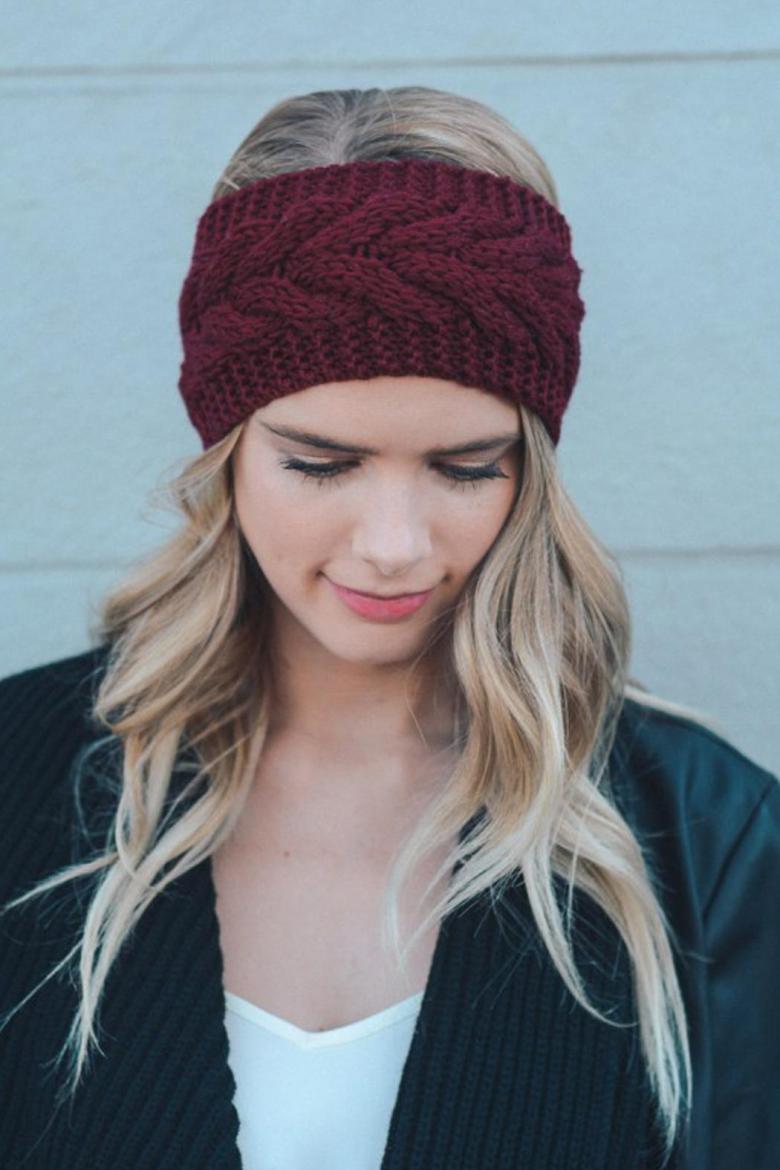
The bandage will be useful for:
- Protecting your ears from the cold and wind;
- Style enhancement;
- Preserving the styling in the wind or while performing cosmetic facial manipulations;
- As a fashion accessory, compatible with sports style, evening gowns.
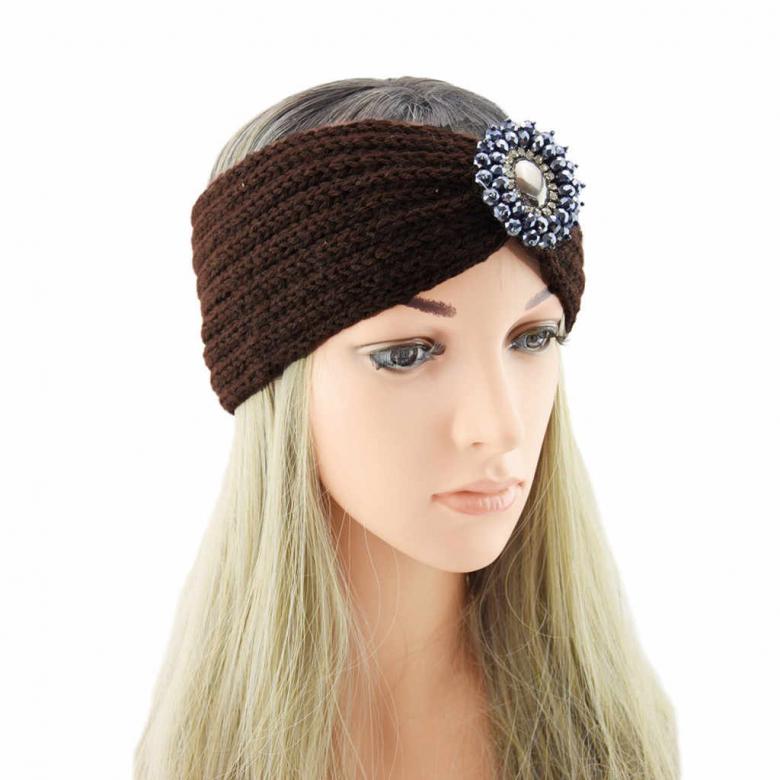
Making
Independently make such a thing is possible, if you use the tips for beginners on knitting headbands with knitting needles. Even a craftswoman, who has barely learned how to hold a needle correctly, can quickly learn to knit beautiful headbands and even sell them to her friends.
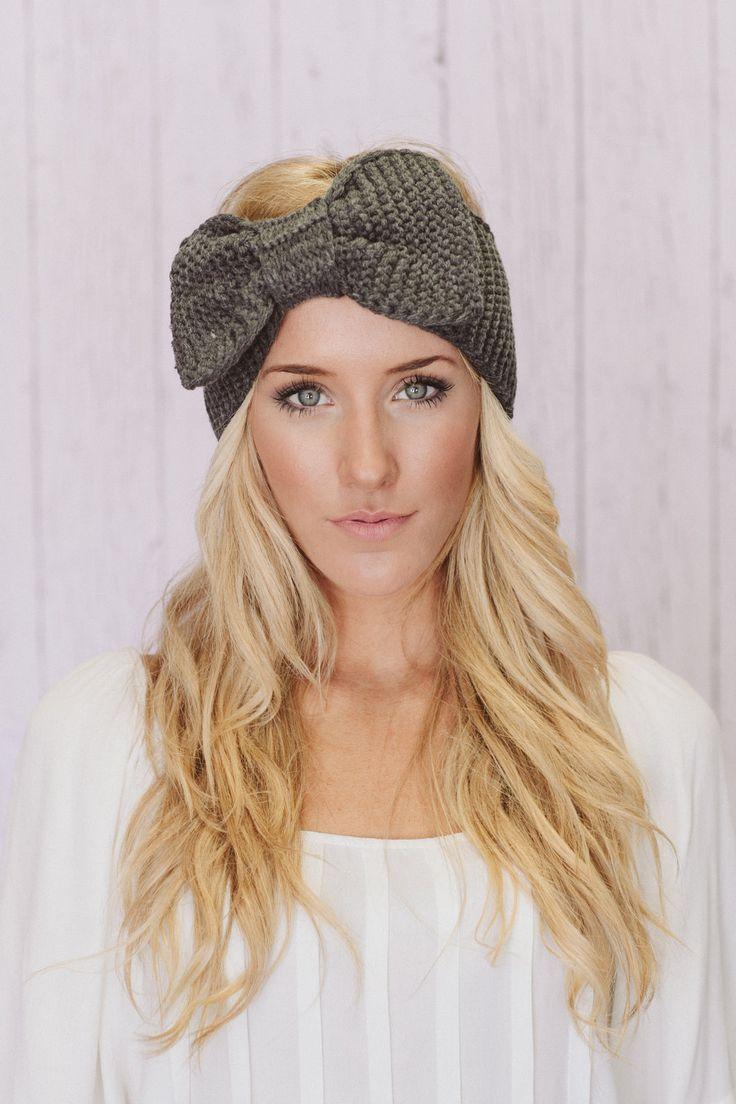
Because now it is very relevant, and not many women know how to knit and present their work to a wide range of people. But, first you need to learn the basic things.
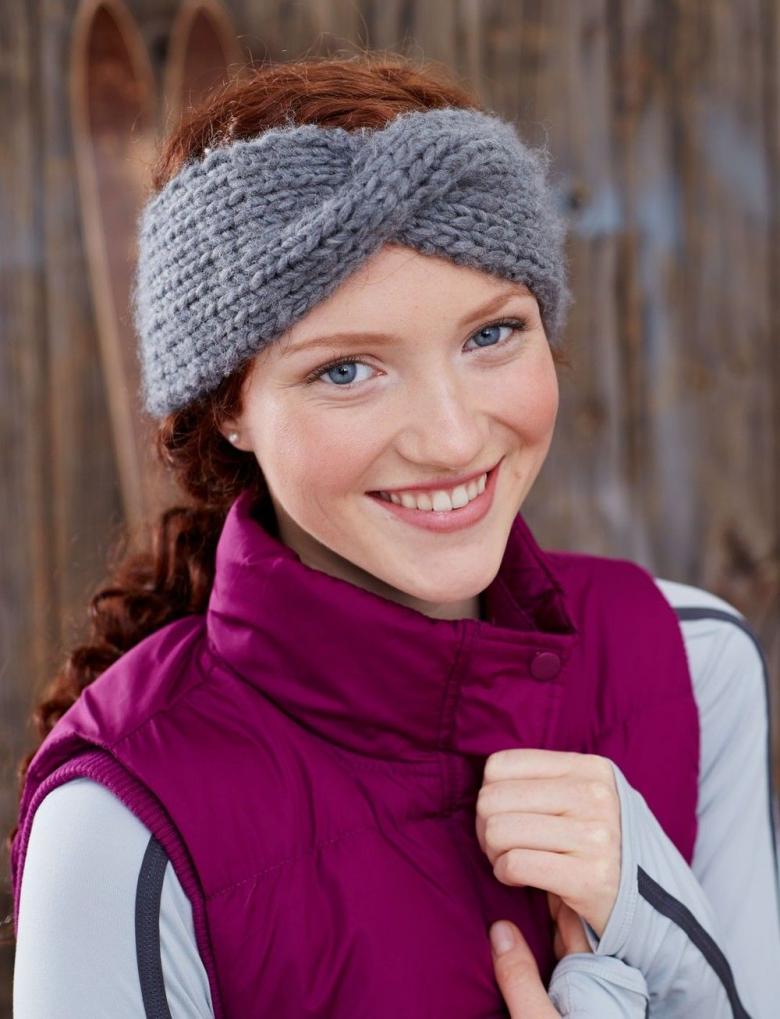
Selection of tools
Experts recommend very responsibly to the selection of tools. Because on low-quality ones you will not be able to quickly learn and make a good thing. The process should be enjoyable from the start, even at the stage of tool selection.
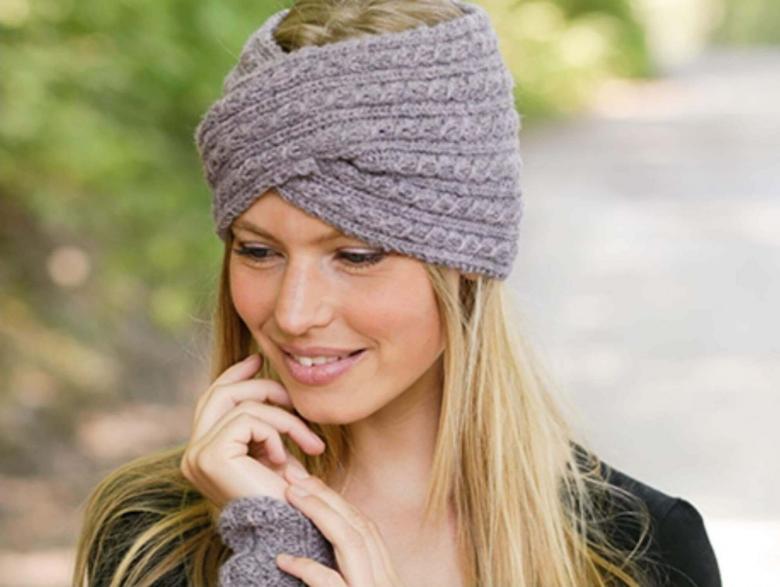
The first rule is to choose tools from a professional store or handicraft salon. Usually, their first handmade fittings ladies pay off at markets, in the crossings at grannies. This is categorically wrong. You need the advice of an expert who will help you choose everything, correlate the quality, present all possible options, and most importantly - will be responsible for the goods sold.
It is not unimportant for what purposes and weather the bandage will be used.
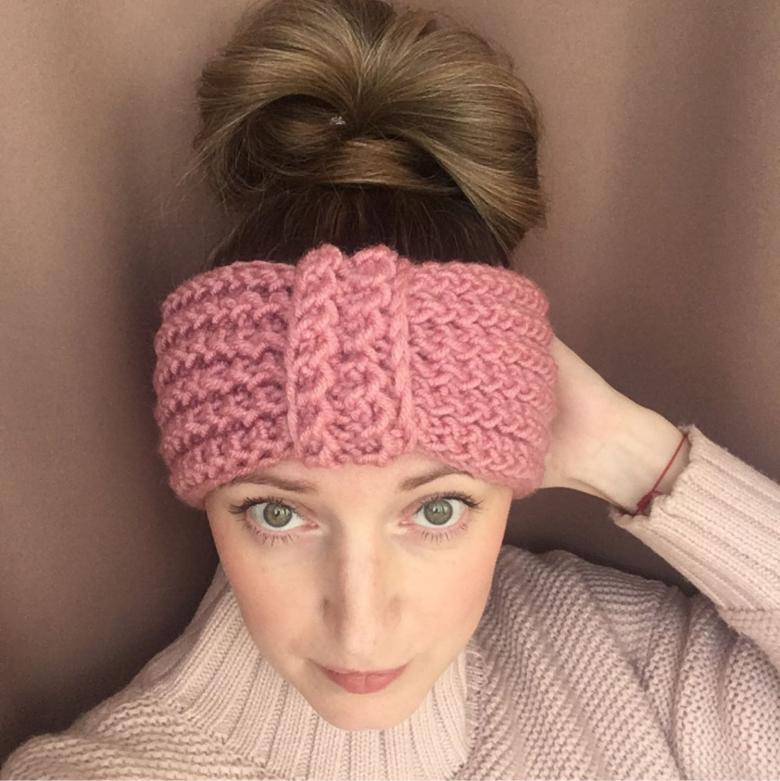
For a winter bandage, which will protect the ears from the cold and wind, it is rational to use a warm, thick yarn, respectively, needles should also be thicker.
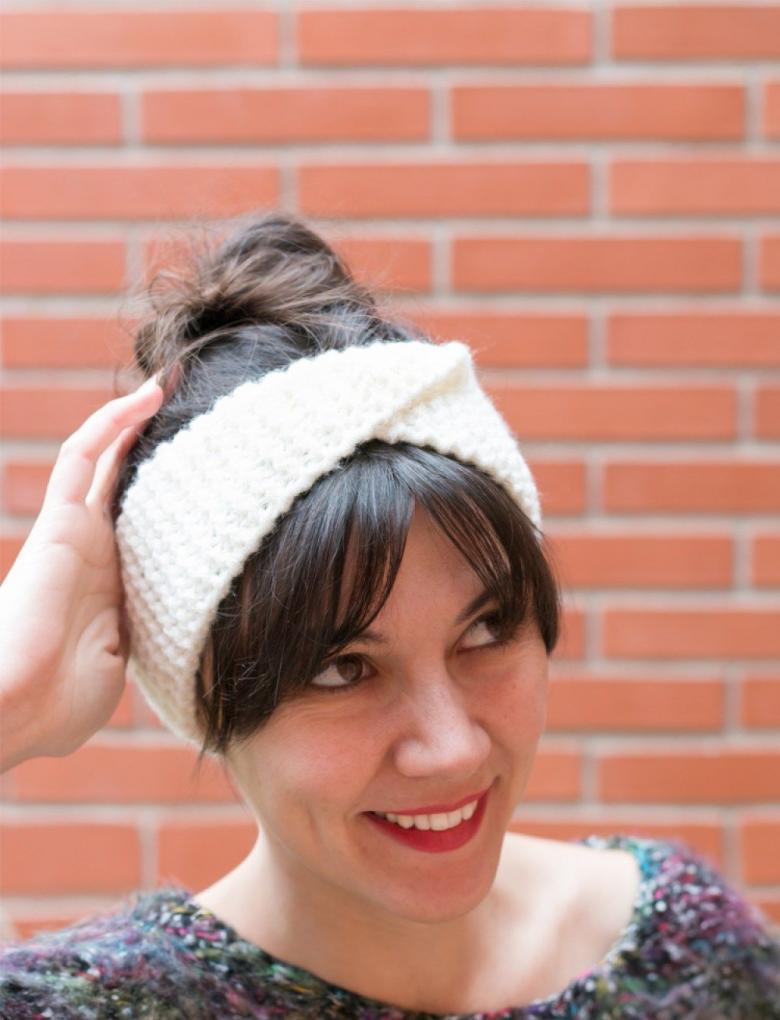
To wear at home or indoors use thin silk or acrylic yarn, so the needles should be thinner, gentler. If you find it difficult to navigate in the size grid of spokes, the master will offer you a special ruler, which is convenient to have at home, to understand the thickness and purpose of his tool himself.
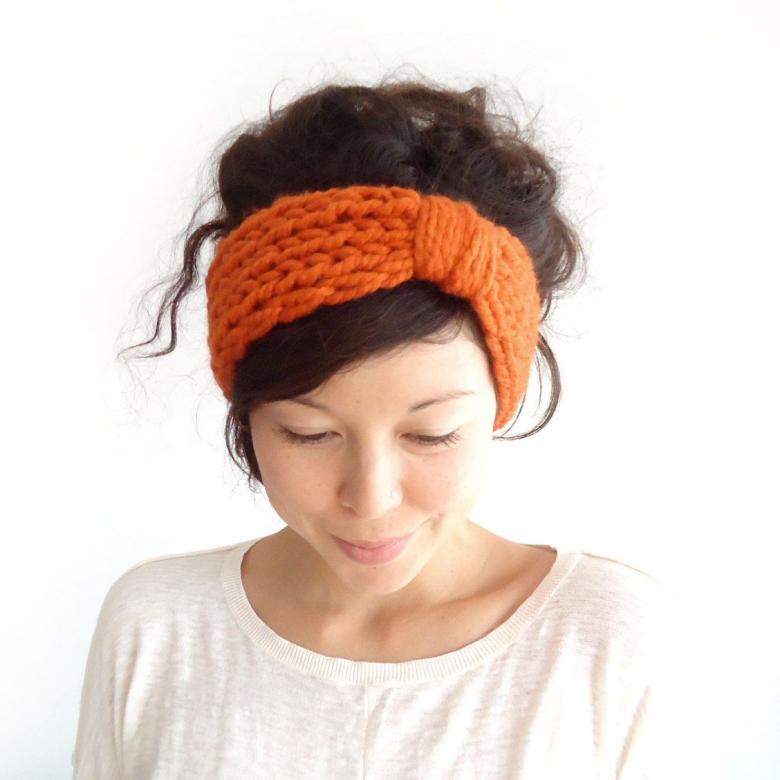
Types of needles
Spokes come in:
- metal;
- wooden;
- plastic;
- glass.
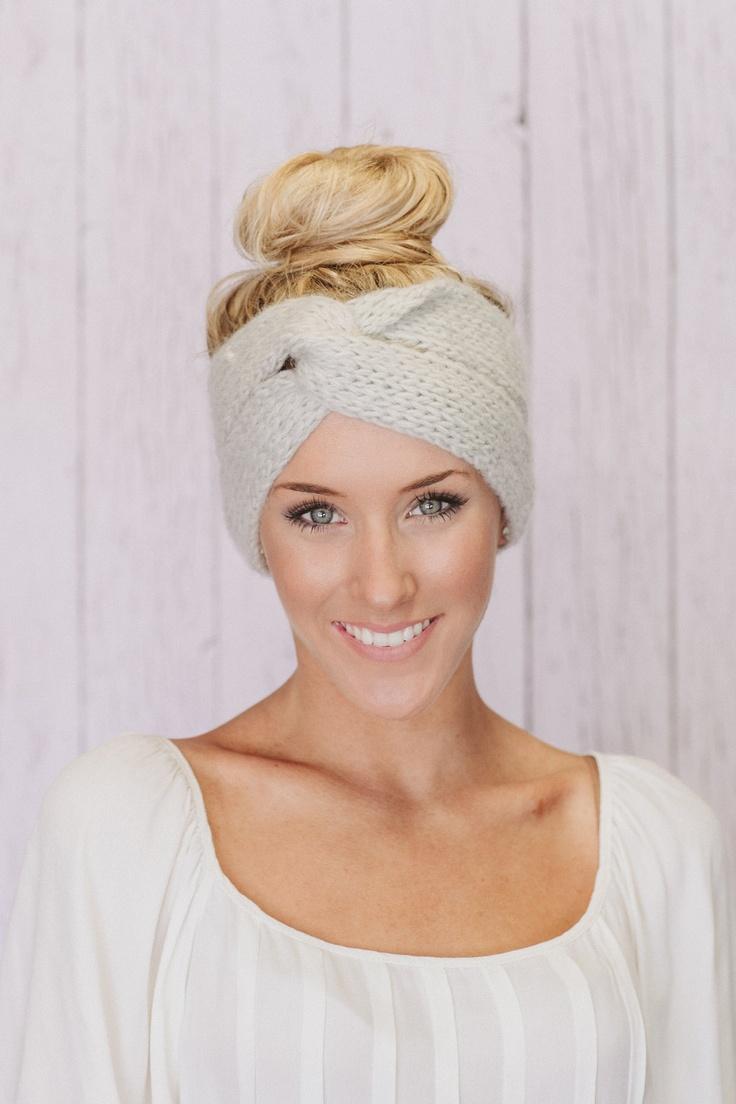
Most often crocheted headbands with a description are made with metal or plastic spokes. They are the most affordable and easy to handle. Glass spokes are rarely used, they perform more of a decorative function than a working one.
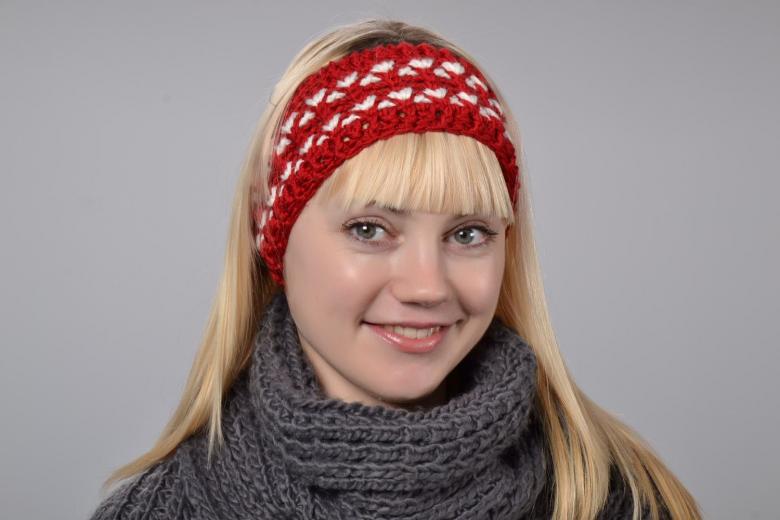
Wooden variations of the spokes are not comfortable for everyone and you should not expose them to moisture. But sometimes it is one of the most practical and easy options if you want to take your work with you on the road.
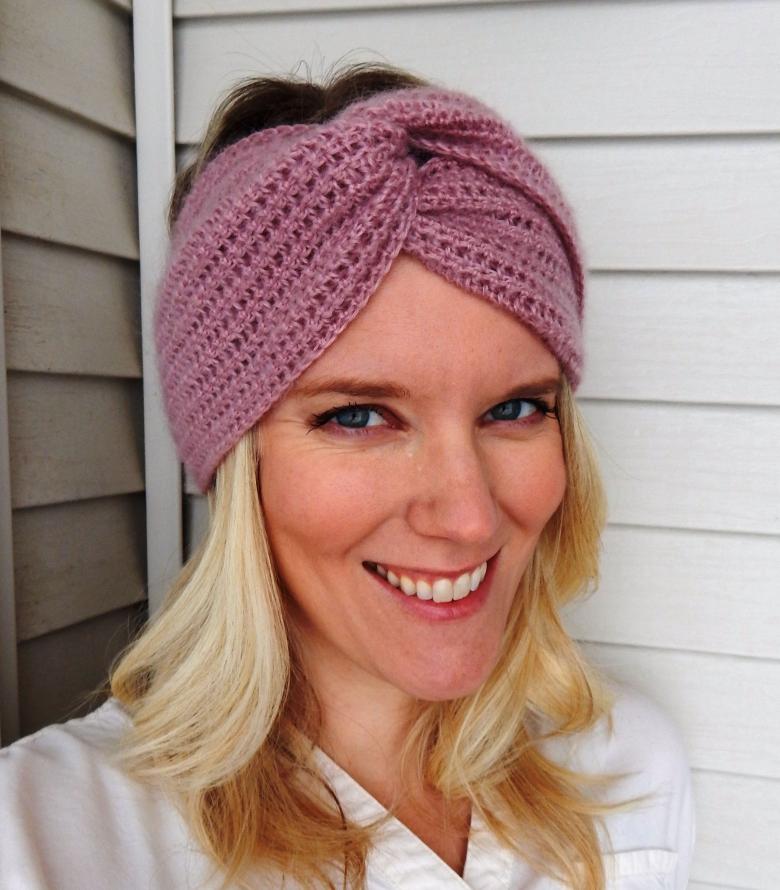
Numbering.
All spokes are differentiated by a number. These are usually two numbers, similar to an ordinal number. The smaller this number, the smaller the thickness of the needle.
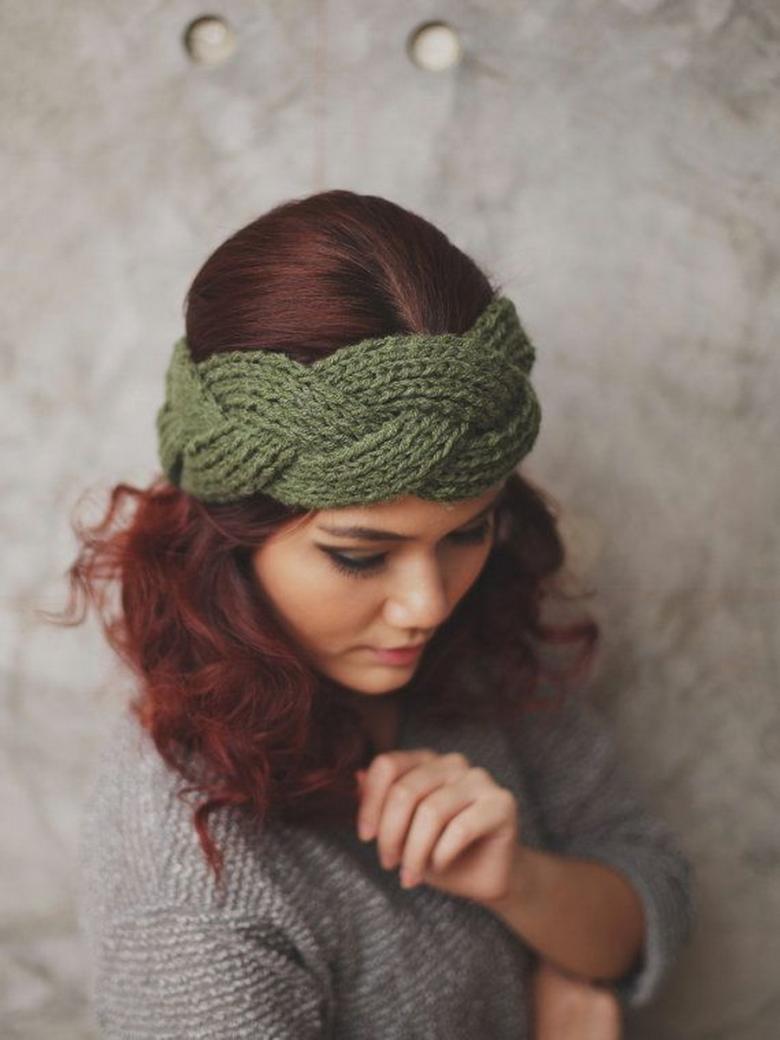
For example, a winter acrylic wool yarn is better to use with tools #3.5-4.5, and a thin summer silk - 2-3. Usually on each skein is written the recommended thickness for working with it.
The thinner the needle, the tighter the knitting and vice versa.
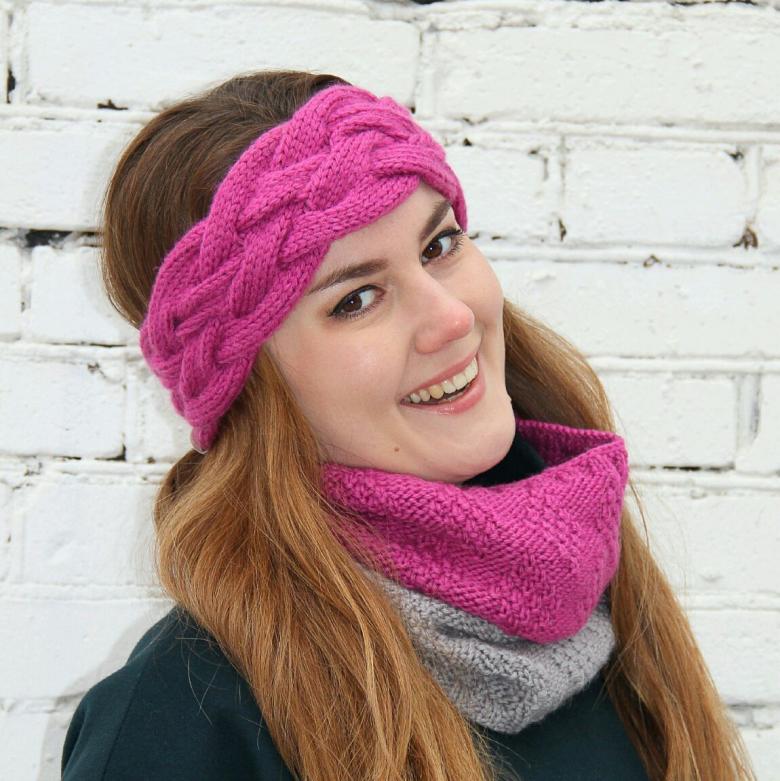
Variety of threads
As for knitting yarns, they can be completely different compositions, colors, and textures. Often visually, to the touch, it is not possible to determine the approximate composition. If before it was simple: wool, cotton, synthetic, but now the industry has reached such a level that the composition can consist of 5 items, and to the touch of the thread will be immensely gentle to the skin.
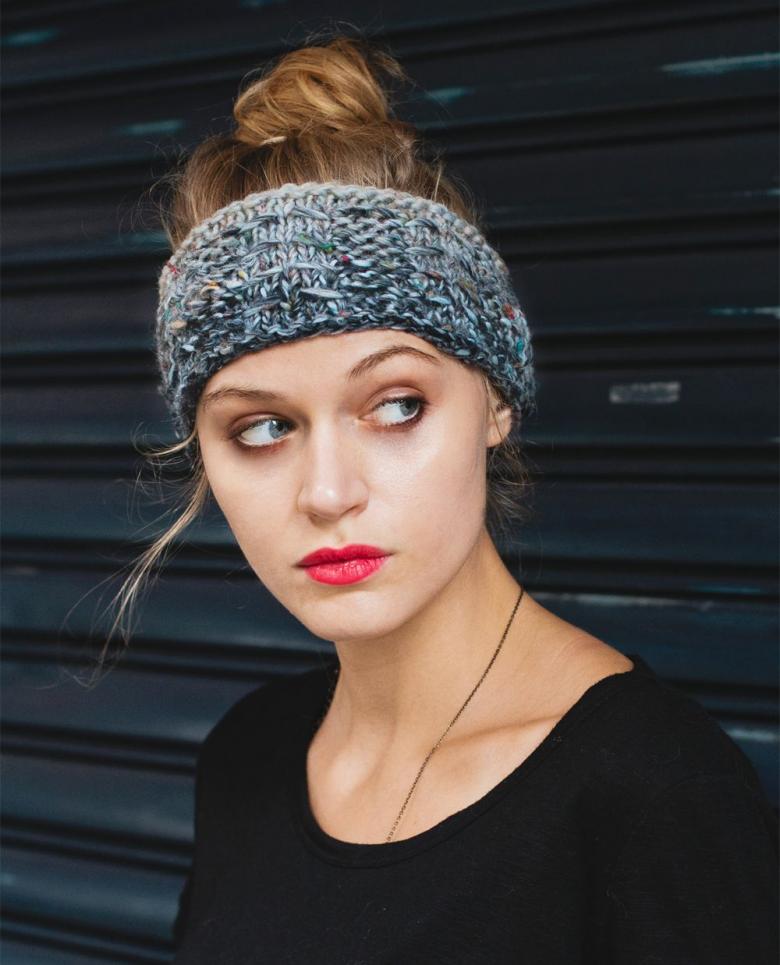
Most often the composition of threads includes:
- Wool (sheep, merino, husky);
- Artificial wool;
- Synthetics;
- Microfiber;
- Acrylic in various blends;
- Cotton yarn;
- Silk;
- Artificial silk obtained in factories.
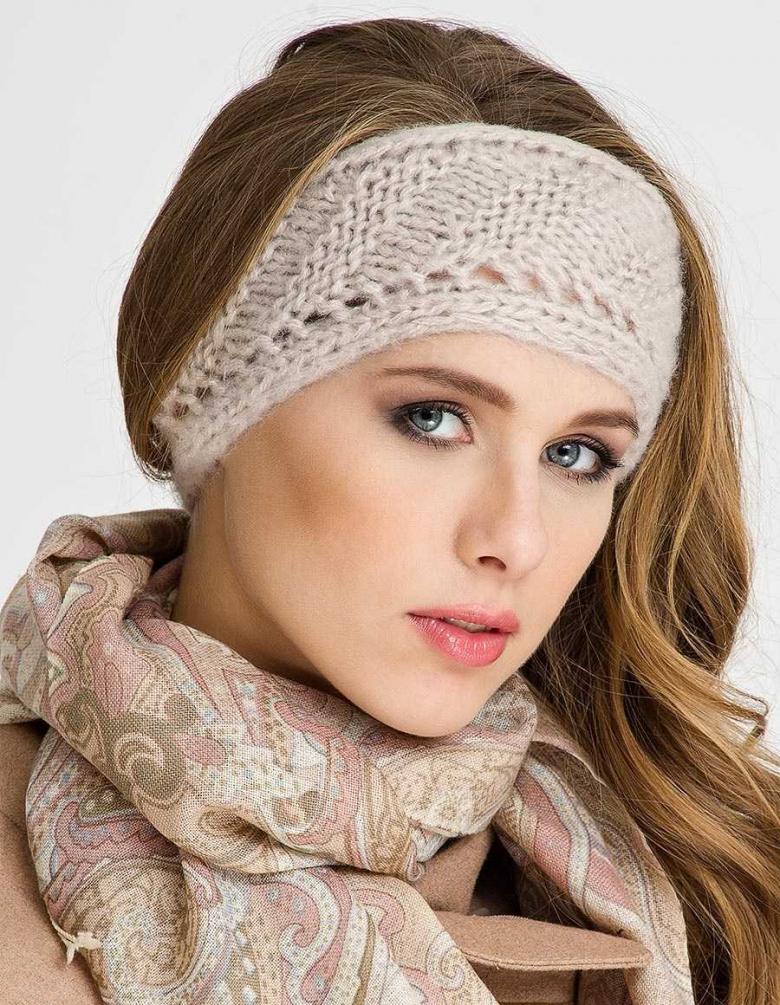
Voluminous patterns will work well with acrylic, in a duo with natural fibers. Usually such headbands look expensive, rich, worn for many seasons.

Yarn suppliers
Well-developed light industry and large supplies of fabrics, yarn for knitting can boast three countries:
- The Russian Federation;
- Italy;
- Turkey.
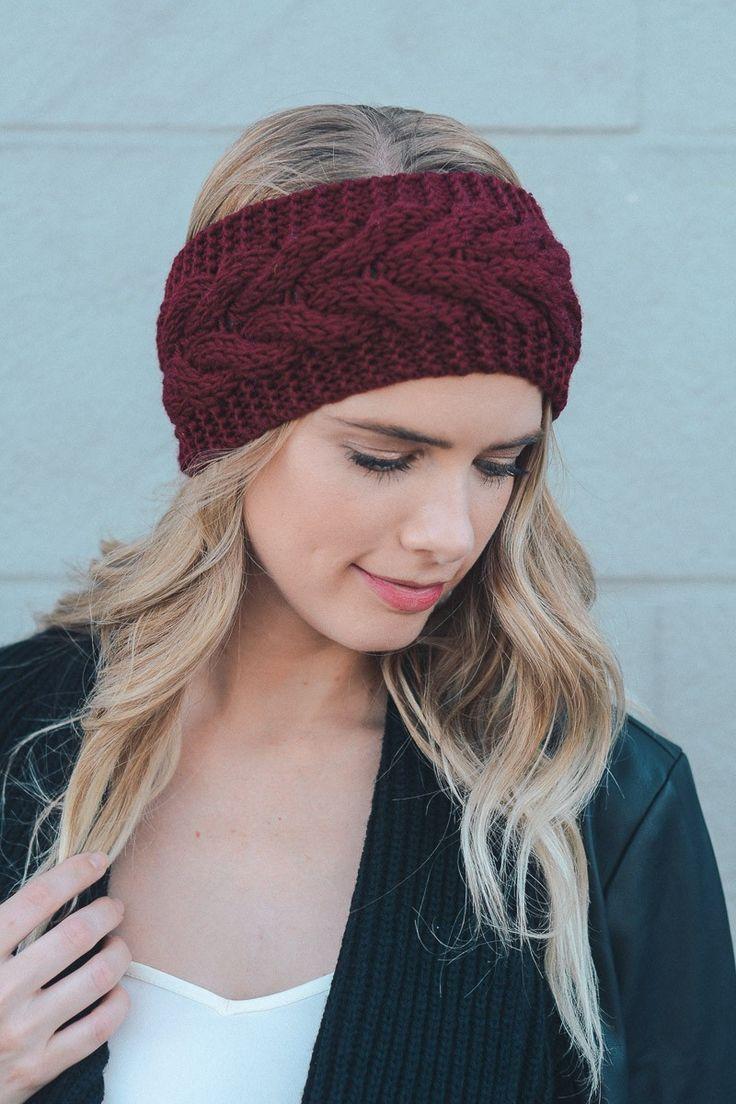
Needleworkers all over the world use the yarn to which they feel most comfortable. In any case, knitting is a handmade miracle. Finding a quality yarn for your harness is not difficult, when selecting should be evaluated on how it is pleasant to the body.
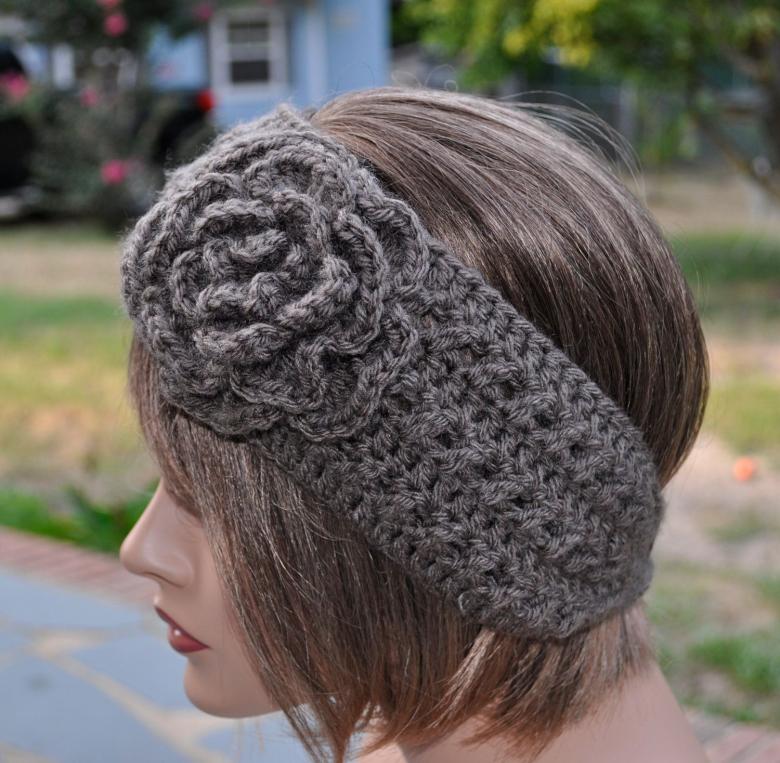
Knitting
It is worth considering the varieties of knitting in projection on the work and the specific product. For example, a knitted headband on the head with needles for a girl. So that it would not slip on the hair, not magnetize them and worn well for at least 2 seasons, we took a yarn with a mixture: acrylic 50%, wool 40%, synthetic 10% and a needle thickness of 3.5. It will be quite a dense dressing, which is suitable for cold fall-spring.
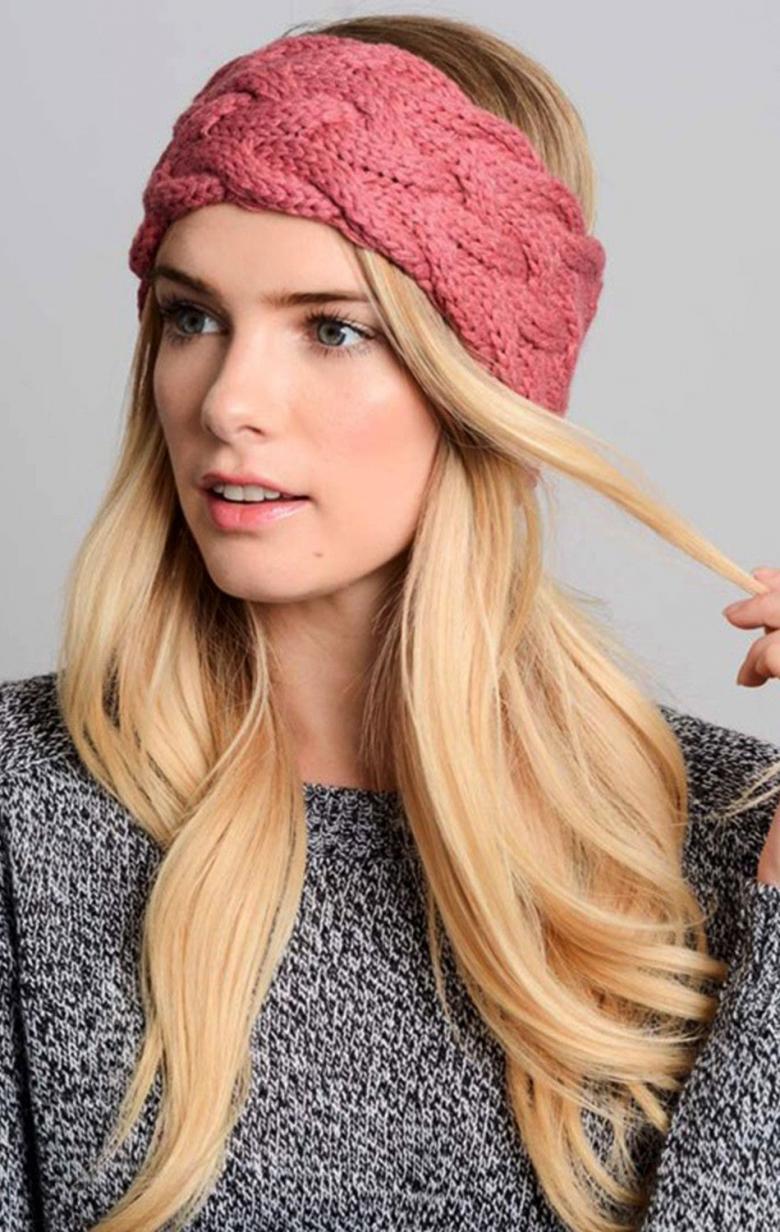
You can knit in countless techniques. The simplest is a poutanka. So knit still our grandmothers, with a turn of the work both sides will look the same, and on the head of such a bandage sits very well.

Also to the simple patterns include:
- Diagonal;
- Double-sided rhombuses;
- Banding;
- Dotted lines.
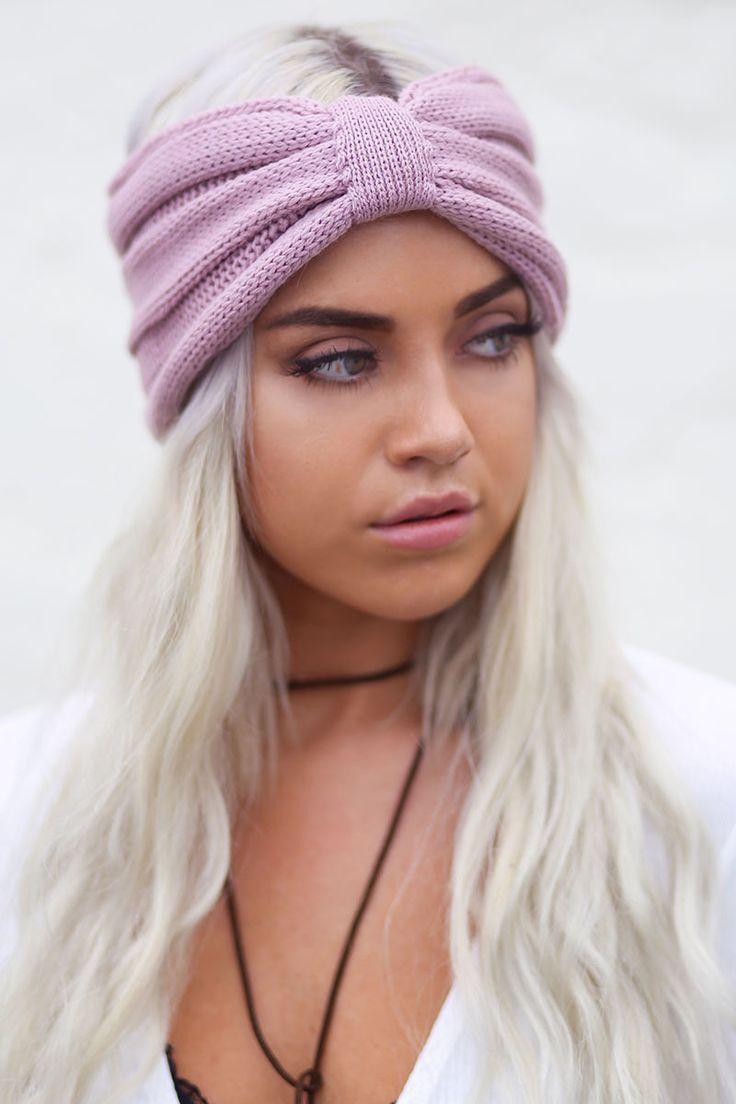
In the diagonal, most of the loops are front and the back loops are counted in such a way as to give the impression that the stripes are sliding down the diagonal. It is important to keep to the pattern and not to confuse it. The back row is always knit with the wrong stitches. Disadvantage: the work can be a little twisted, dragging diagonally.
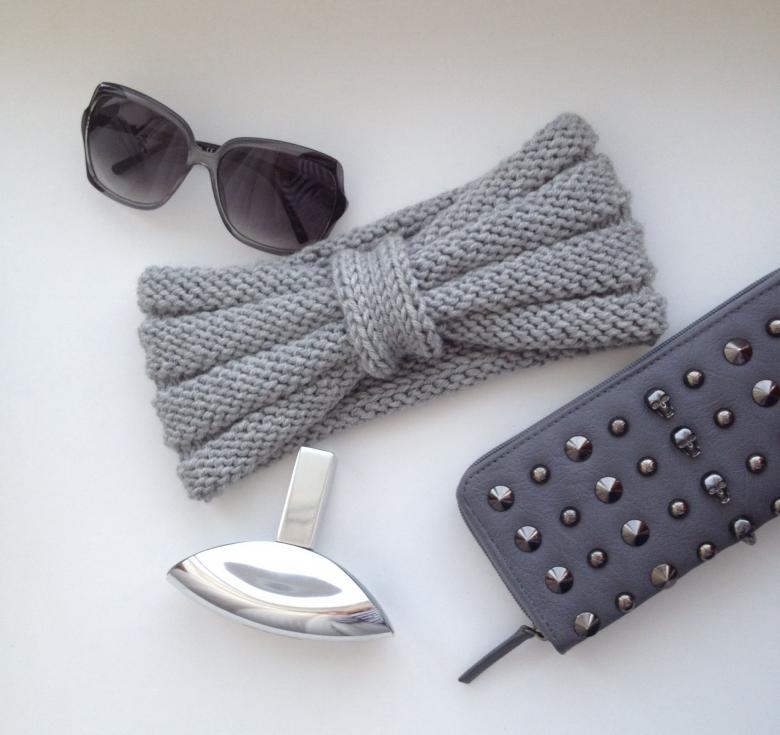
Double-sided rhombuses - the essence of the pattern is a constant alternation of a paired number of loops with the wrong and the right side alternating. Gradual shift to one side of the pattern gives the appearance of lying rhombus. In the finished work looks expensive and interesting.
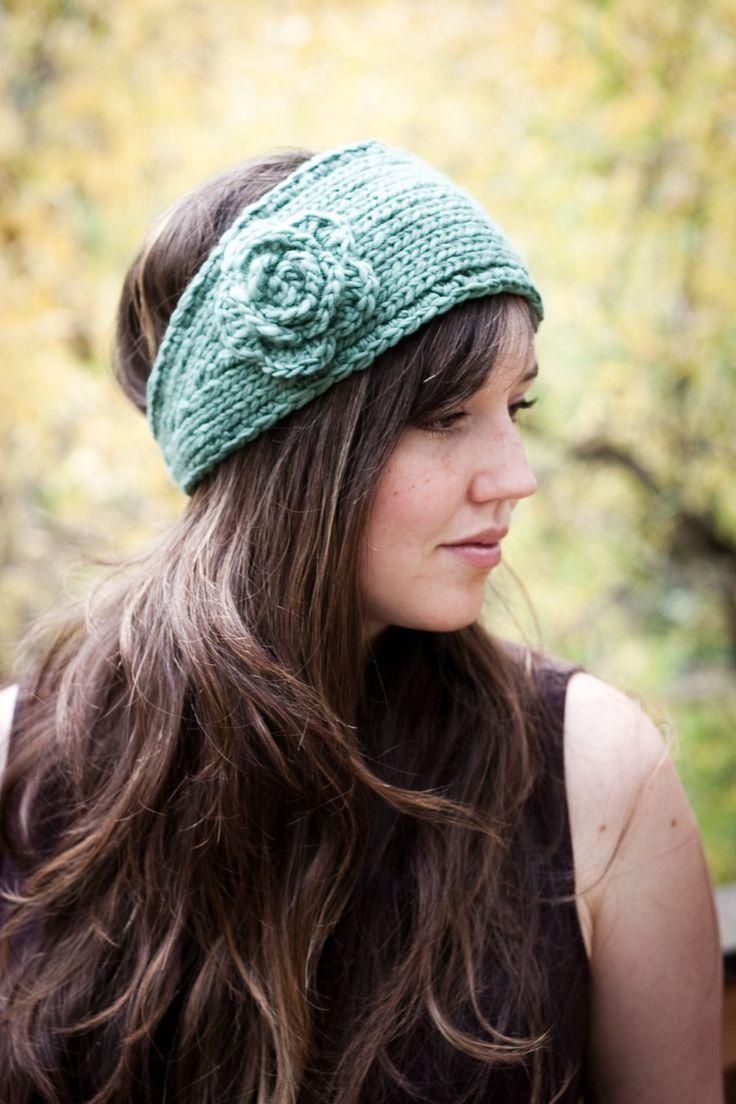
The stitch can be a simple one, where you knit one wrong stitch, one right stitch, and this pattern is constantly alternating. Or there are more complicated variations, like the English elastic, Turkish, reversed, and so on. It doesn't make much sense to consider them in the context of this work, because we don't recommend knitting the headband with an elastic band. Over time, it will weaken and slip down her hair, so the girl will not be happy with such a gift.
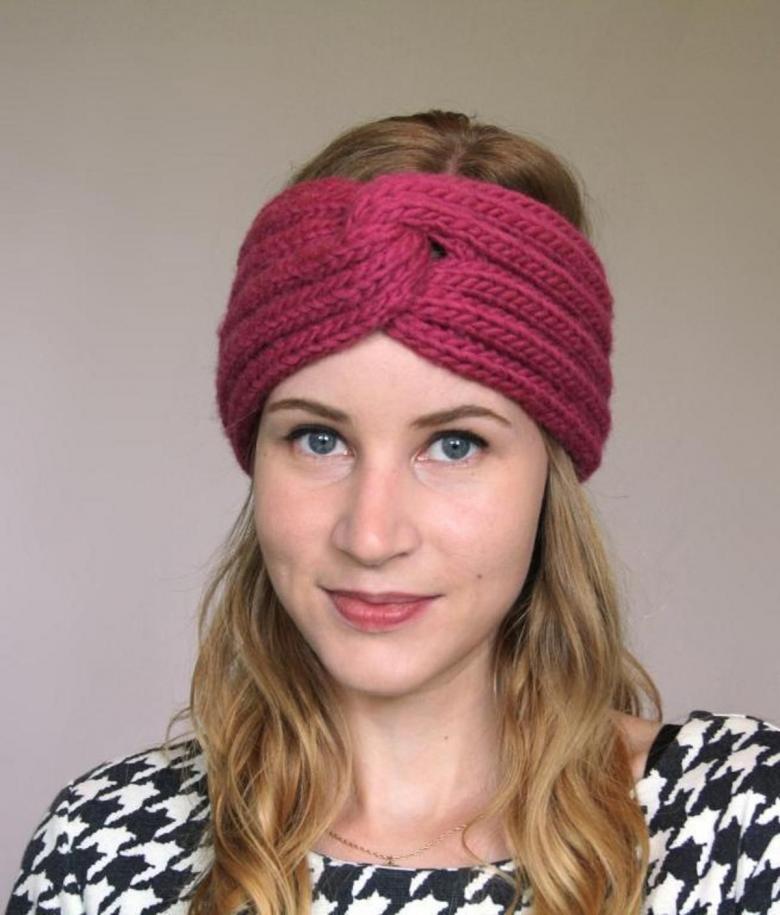
A dotted line is a pattern that looks good on dense, even threads with coarse knitting. It gives the appearance of expensive and bold work. The option is excellent for thick winter headbands knitted on thin needles. The higher the density of the knitting, the better the pattern is understood.
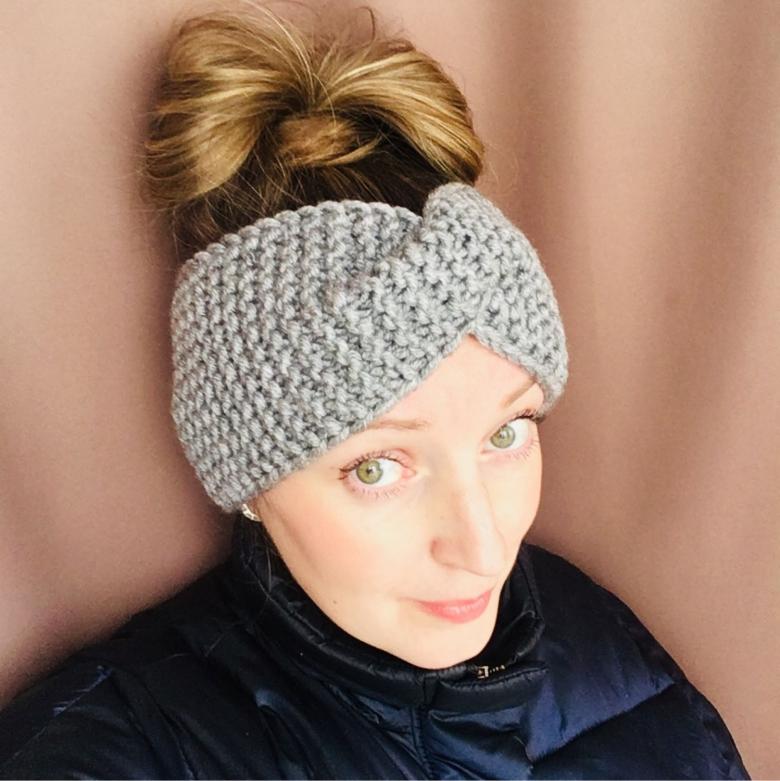
The robots of experienced knitters
Experienced craftswomen often knit their works of art straight from the head, using several techniques at once. That is, they visually already understand what pattern will turn out with a certain combination of loops and just constantly repeat the algorithm.

But to learn this, you need to knit at least 5-6 simple headbands using different techniques. Strength and patience to you, dear ladies!

